
MEL Chemistry is a subscription box for kids ages 9-14 from parent company MEL Science that sends all of the materials you need to complete 2-3 chemistry experiments every month. This is perfect for kids who are interested in science or for homeschool students! Check out our reviews for MEL Physics (ages 8- 14+) and MEL Kids (ages 5-10) to see what else MEL Science has to offer!
This box was sent to us at no cost for review. (Check out the review process post to learn more about how we review boxes.)
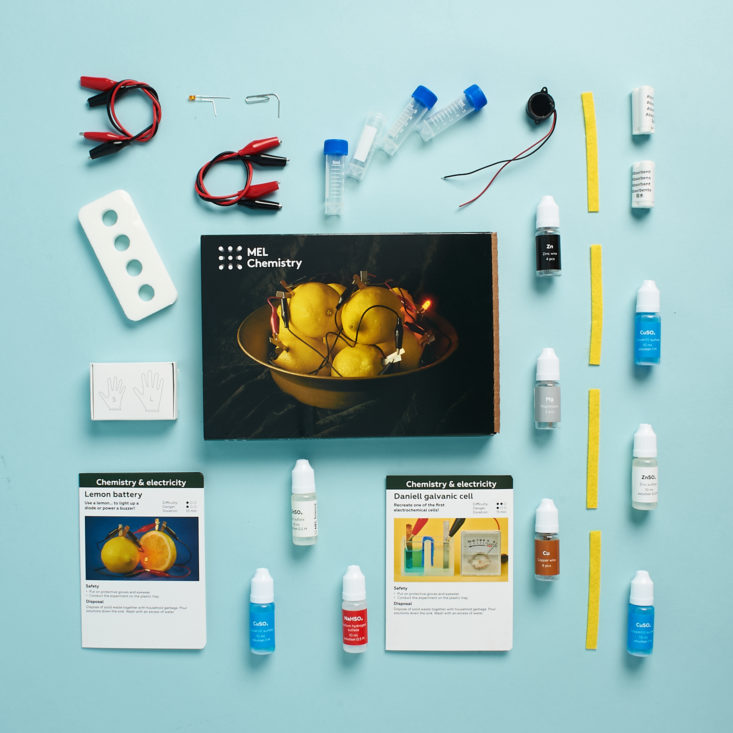
About MEL Chemistry
The Subscription Box: MEL Chemistry
The Cost: $34.90 per month
The Products: Everything you need to conduct 2-3 chemistry experiments each month safely in your own home!
Ships to: The U.S. and U.K. for free. International shipping to select countries is also available, although there may be additional shipping charges depending on location.
MEL Chemistry "Chemistry & Electricity" Review October 2020
Shipping Update: Before we get into the review, I just wanted to make note of this email we received regarding current orders. They also note that they are moving their fulfillment to the U.S. which should be helpful for future deliveries since they will no longer have to travel internationally! From MEL Science:
It has come to our attention that a number of customers are experiencing delays in the delivery of their monthly science kits. Please let us start by extending our sincere apologies to those of you who have yet to receive your January packages.
Since the beginning of this year, our warehouses in Europe and the UK have faced new restrictions imposed to tackle the pandemic. In addition, postal services in Europe and the US have been experiencing significant delays due to understaffing and other seasonal factors. The USPS was among those that were harder hit.
We guarantee that all January orders were shipped last month. Most customers have already received their kits, while some are still waiting for theirs to be delivered soon. We are still confident that the vast majority of those orders will eventually reach their destination, albeit with varying delays.
The same goes for February: all orders will be shipped and we expect all of them to arrive. In the meantime, we are doing everything we can to make this happen sooner rather than later.
We are currently beginning the process of rerouting the orders through a different hub, which should ease the wait times in many regions.
Starting in March, we plan to move the fulfillment of our US orders completely to the US. This should help both by minimizing delays with customs/international logistics and by making it possible to provide tracking numbers!
Please rest assured that we are doing everything possible to prevent this from happening again. In the meantime, we are always happy to arrange a replacement or refund for any package that has not arrived at its destination.

This month our experiments' theme is "Chemistry & Electricity" and the contents were listed on the back of our box. You may note that they list a few items we need to get from our Starter Kit.
Note: The following items did not come in this month's kit!
Starter Kit
Your free starter kit (valued at $50) will come in your first shipment. It includes all of the equipment you'll need to conduct your experiments each month and even includes some accessories for your tablet or smartphone to help you access all of the information they provide in their apps. To see more details about everything we received in our kit, you can check out our review here!
VR Headset
Also included with our Starter Kit was this virtual reality headset. This cardboard headset folds up easily and then you slip your phone into the slot and use their free MEL VR app.
The VR app opens up in a lab where we have the opportunity to learn about different molecules and atoms and explore them closely. This is so great for gaining a deeper understanding of what happens throughout our experiments and as a fun extension to our lessons!
These are the items we needed this month: a tray to work on, our safety goggles, and our phone/tablet stand.
Inside the box was an instruction sheet for parents including some safety warnings, advice, and general first aid information. The directions for the projects are pretty thorough and can be found in this booklet, on the individual experiment cards, or in the app. Having this separate sheet for the parents is great so kids can work independently, but parents can also follow along and supervise.
Another option for accessing the directions is through the app which provides a more interactive way to complete the experiments. Here is a look at how the app is set up. It's well organized and easy to use with information on safe disposal, some troubleshooting tips, and a scientific description of what happens during the experiment. You can even set a reminder to start the experiment.
The app provides thorough, detailed instructions. Some of the instructions are even animated which is pretty cool and usually if it is a timed experiment, they will have a little built-in timer on that page for you to use. Some months they even include an educational video for us to watch while we wait. At the end, they ask you to rate the experiment.
All of our reagents come packaged neatly with absorbers in the bag in case of any spills. The bottles are clearly labeled and include information about any hazards. They provided enough materials for us to complete our experiments a couple of times. Each label also contains a little code that we can scan to open up for more information about the chemicals. We are able to view it in 3D or even in virtual reality by using the VR app and our headset.
The app gives so much detail about each of the reagents including a description, hazards, precautions, and even a link to the Wikipedia page for further information. So thorough! And it's even more fun if you interact through the VR app! This is from a previous experiment, but the information follows the same format for each reagent.
This month we are working with copper sulfate, zinc sulfate, magnesium, and wires of zinc and copper. They included two pairs of gloves, one for smaller kid's hands and one for adults along with a paperclip to poke out the little stopper at the top of the liquid bottles. This month we also received a small LED light, too. Please note that while they included a bottle of sodium hydrogen sulfate, it wasn't actually used in any of our experiments even though it is listed on the paper instructions sheet. Now let's get to the first experiment!
Experiment 1: Lemon Battery
Our first experiment was "Lemon Battery." While the app is fun to use, it is not a necessity since they provide a card like this one that contains all of the necessary information for your experiments, complete with full-color illustrations. The front gives a brief description of what to expect and also provides a scale to rate the difficulty and danger of the activity as well as the duration. On the back is a little box we can scan with our app which allows us to open directly to the experiment on our phone or tablet if you'd prefer that method.
In addition to the copper wire and magnesium strips, they also included 2 sets of crocodile clip wires and a buzzer. We needed to provide the lemon from home.
This experiment was very simple. I clipped a piece of magnesium between one end of the black clips and a piece of copper between one end of the red clips then the other ends got clipped to the same color wire from the buzzer. Then I stuck the magnesium and copper directly into the lemon pulp. Unfortunately, we could barely hear the buzzer.
So then I moved the pieces of copper and magnesium a little closer together in the lemon and then we could actually hear the buzzer, although it was still faint. While it was a bit over my children's heads, they provided a lot of great information about how it worked and they explained a bit about metal reactivity.
Experiment 2: Daniell Galvanic Cell
The next experiment was "Daniell Galvanic Cell" and for this, we needed Copper Sulfate and Zinc Sulfate along with the copper and zinc wires.
They also provided some small plastic vials and a holder for them along with some fleece strips.
I set the vials into the holder and then added the copper sulfate to one and zinc sulfate to the other. Then I placed a fleece strip connecting the two and added a few drops of copper sulfate to the center of it so that it would connect the two solutions.
I then connected the wires to a piece of copper wire and a piece of zinc wire and put those into the matching solutions, connecting the other ends of the wire to our buzzer again. This time our buzzer was much louder. This was a great demonstration of the amount of power each experiment generated. We did try the LED light instead of the buzzer, but it didn't work.
So then I set up a second Daniell cell using the same method and this generated enough power to light up our LED light. Again, they provided a lot of great information about how it worked and this would be a great experiment to explore further with the app!
Verdict: This month's MEL Chemistry experiments were perfect for demonstrating how different items need different levels of power to operate. I think it was very informative and the experiments were simple to complete with thorough directions, I think an older child could easily complete these independently. While it was very educational and you could probably use the app to explore everything further, I would really have liked to see one more experiment in there to make this box feel more complete. It was almost too simple! I also would really like to know why we received that sodium hydrogen sulfate which I didn't see referenced anywhere!
To Wrap Up:
Can you still get this box if you sign up today? Yes, it is possible that you will receive this set. From MEL Chemistry:
"The topics are looped such that the start date of your subscription does not matter; you will eventually receive all the experiment sets."
Check out all of our MEL Chemistry reviews and our list of the best subscription boxes for kids, as recommended by MSA readers!
Keep Track of Your Subscriptions: Add MEL Chemistry to your subscription list or wishlist!
What do you think of MEL Chemistry?




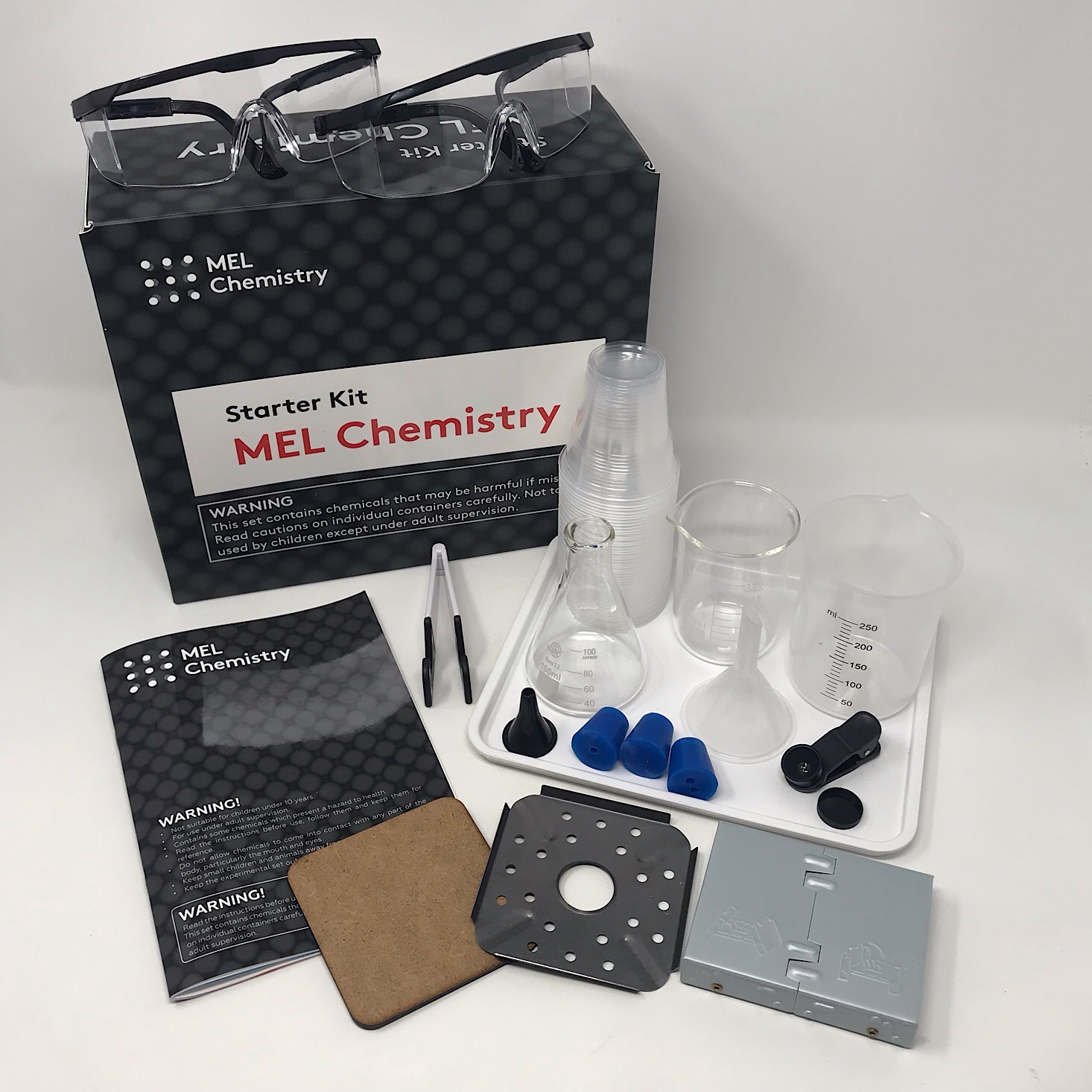
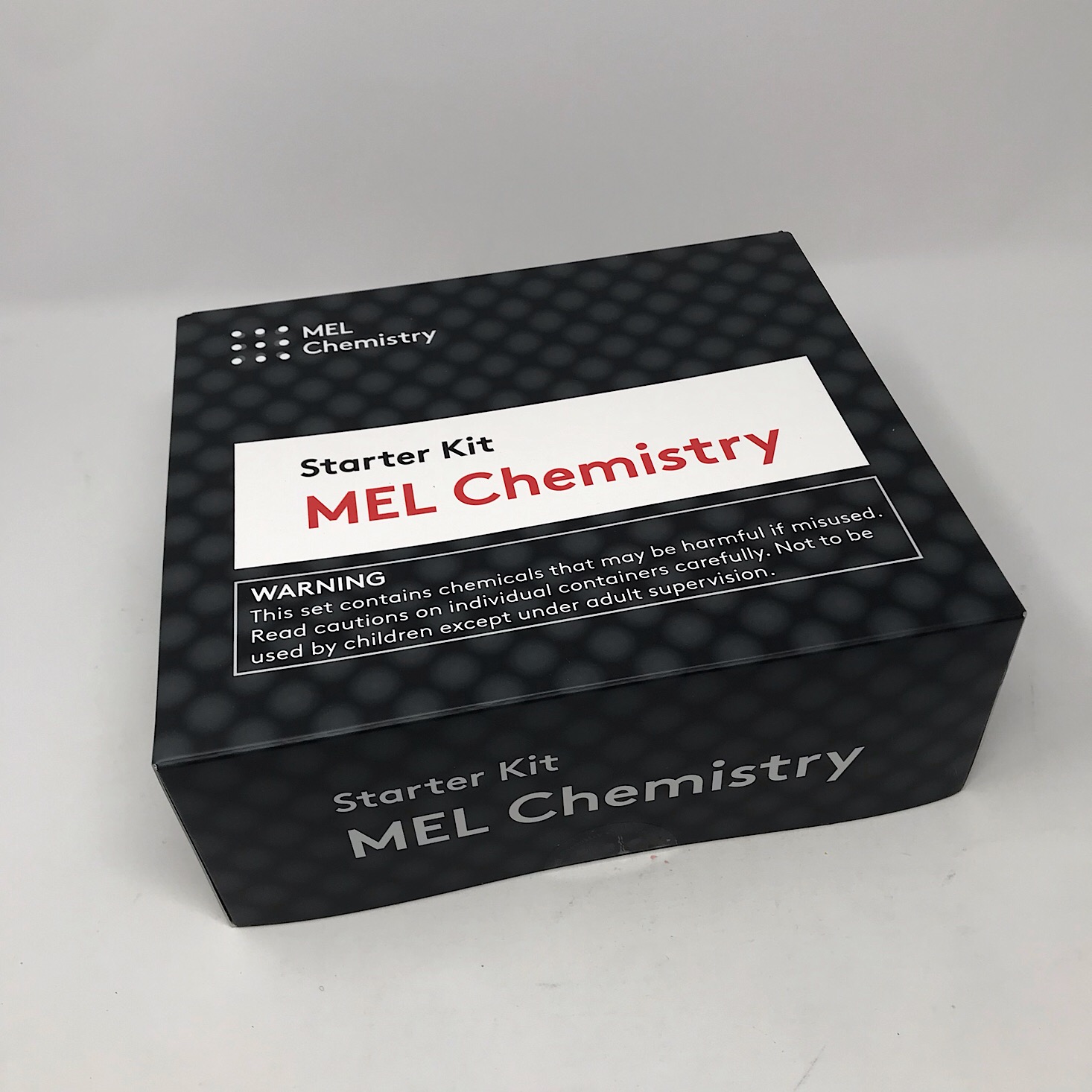
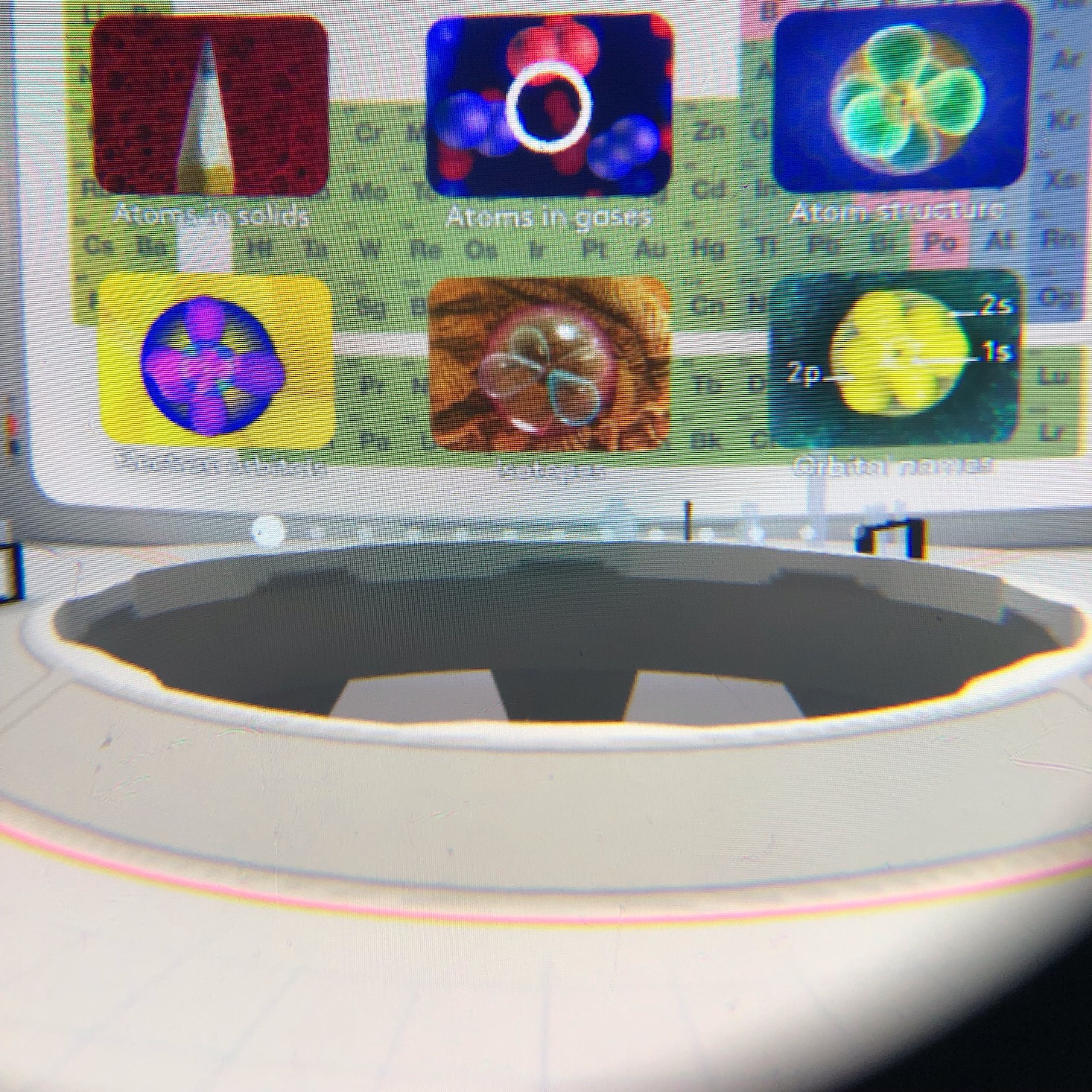








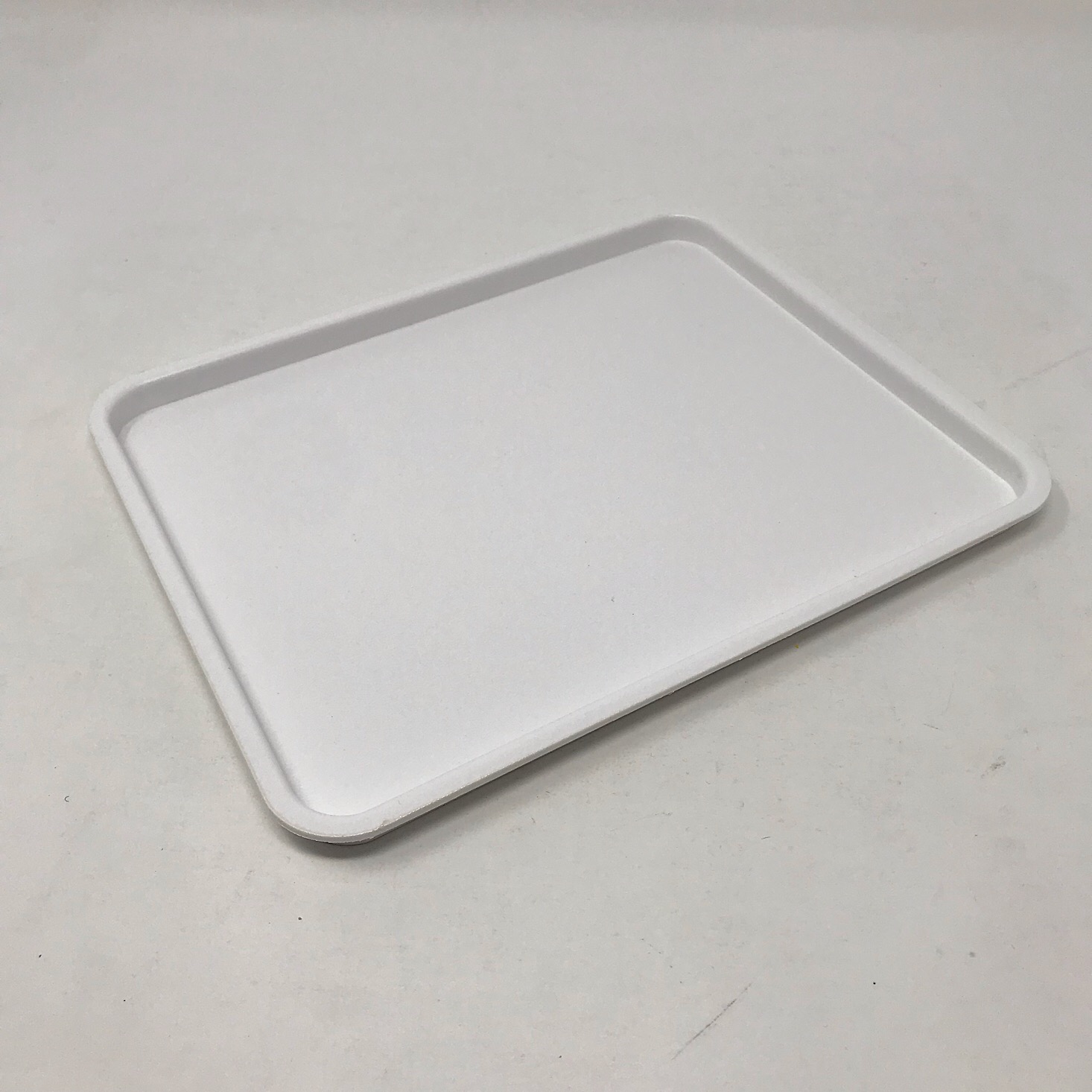
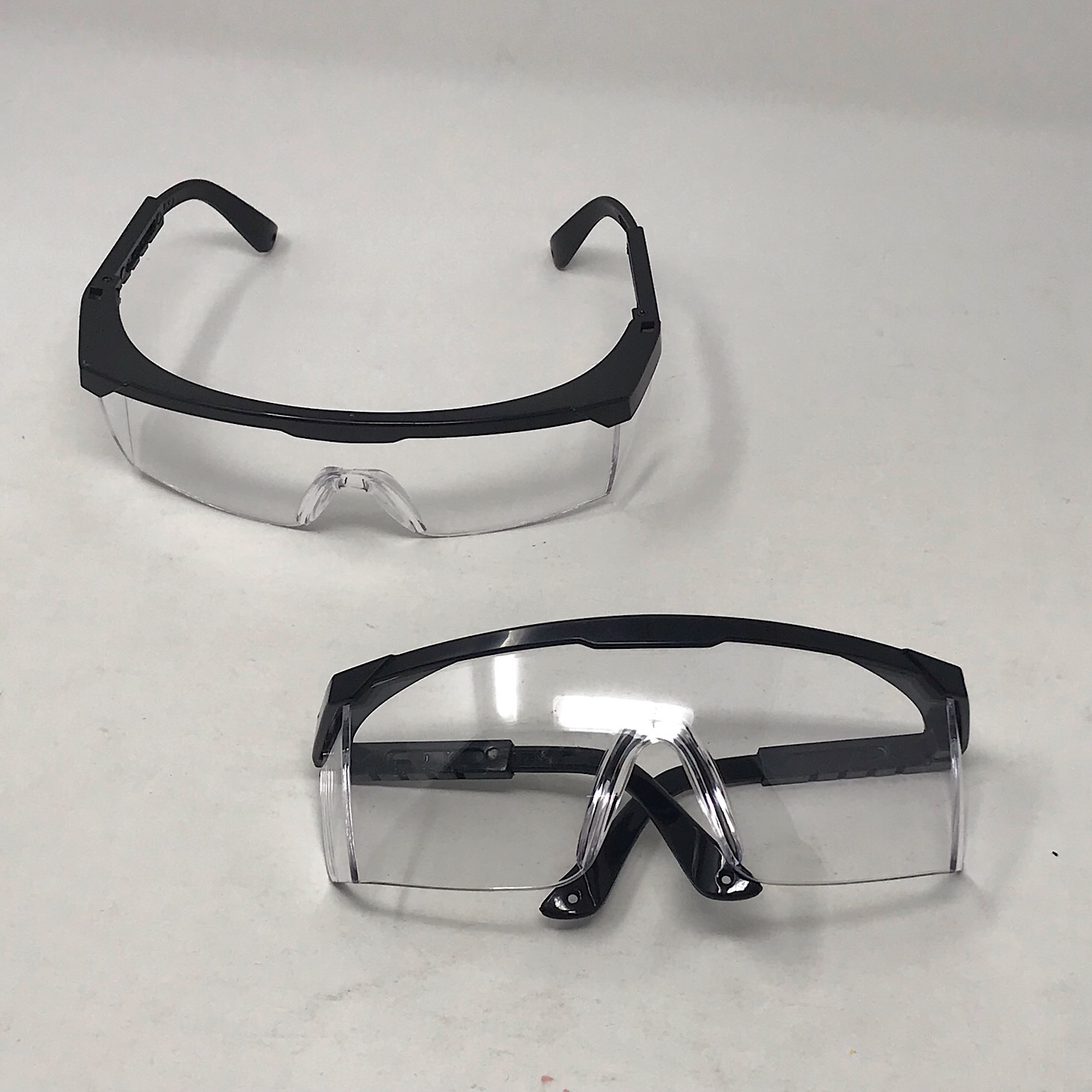
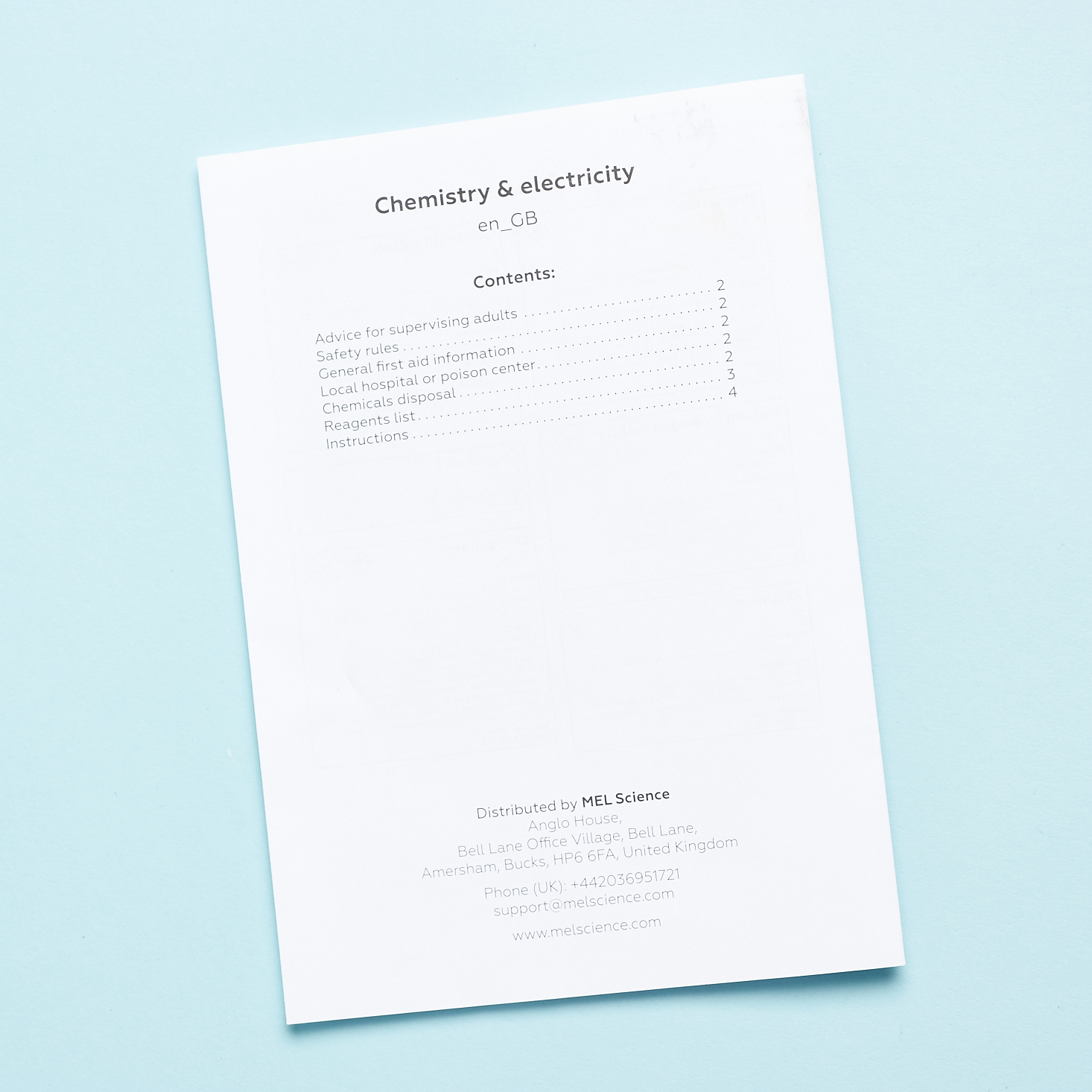
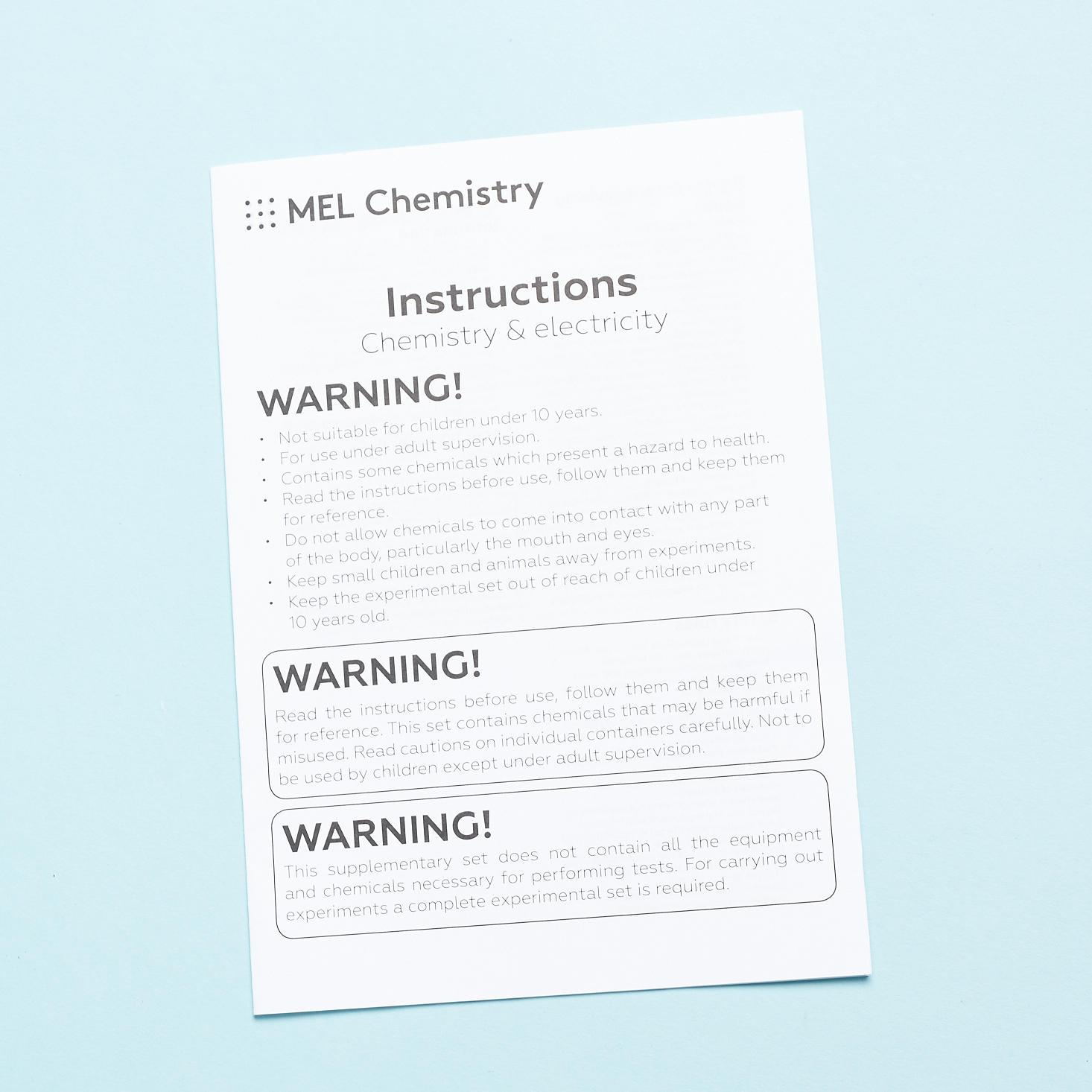
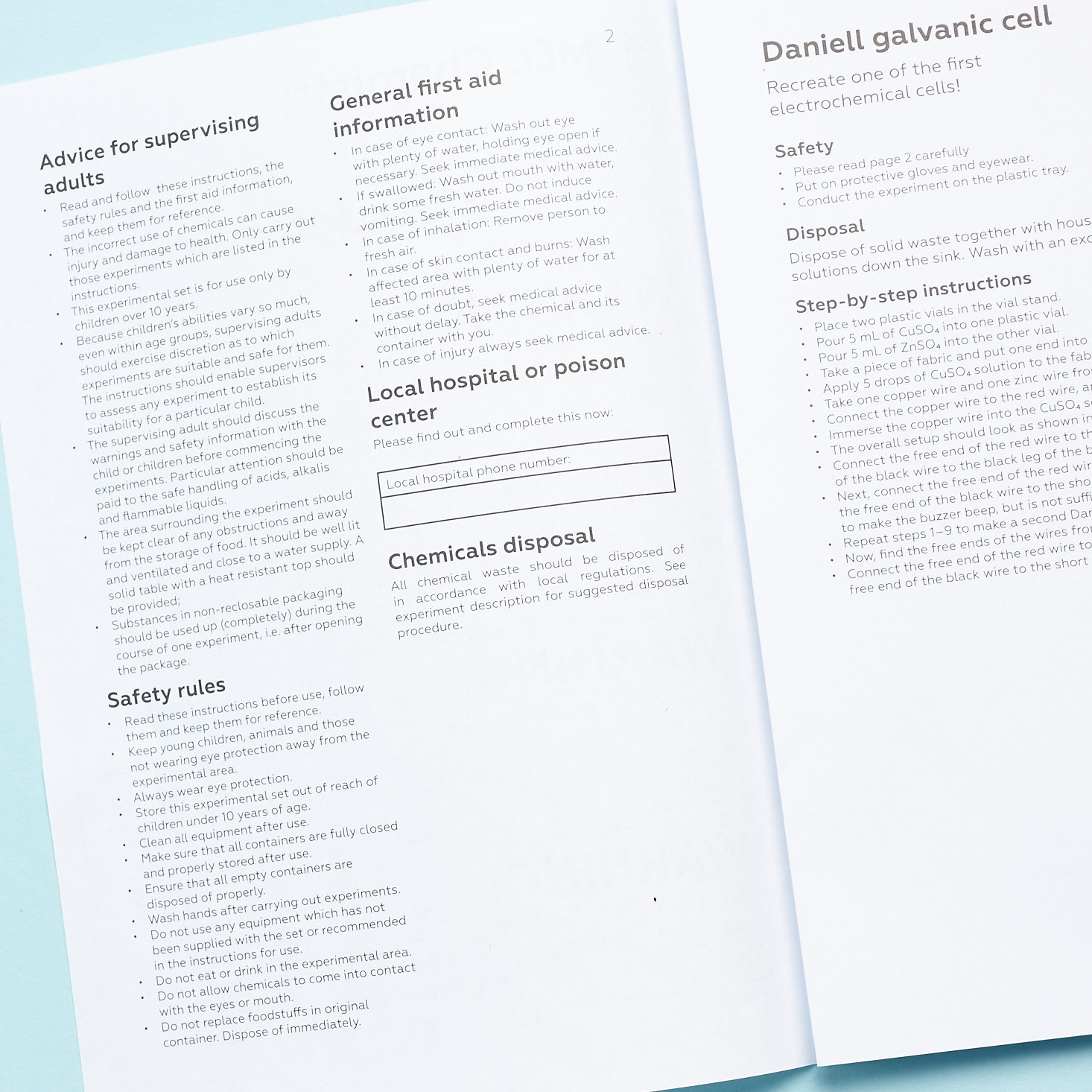

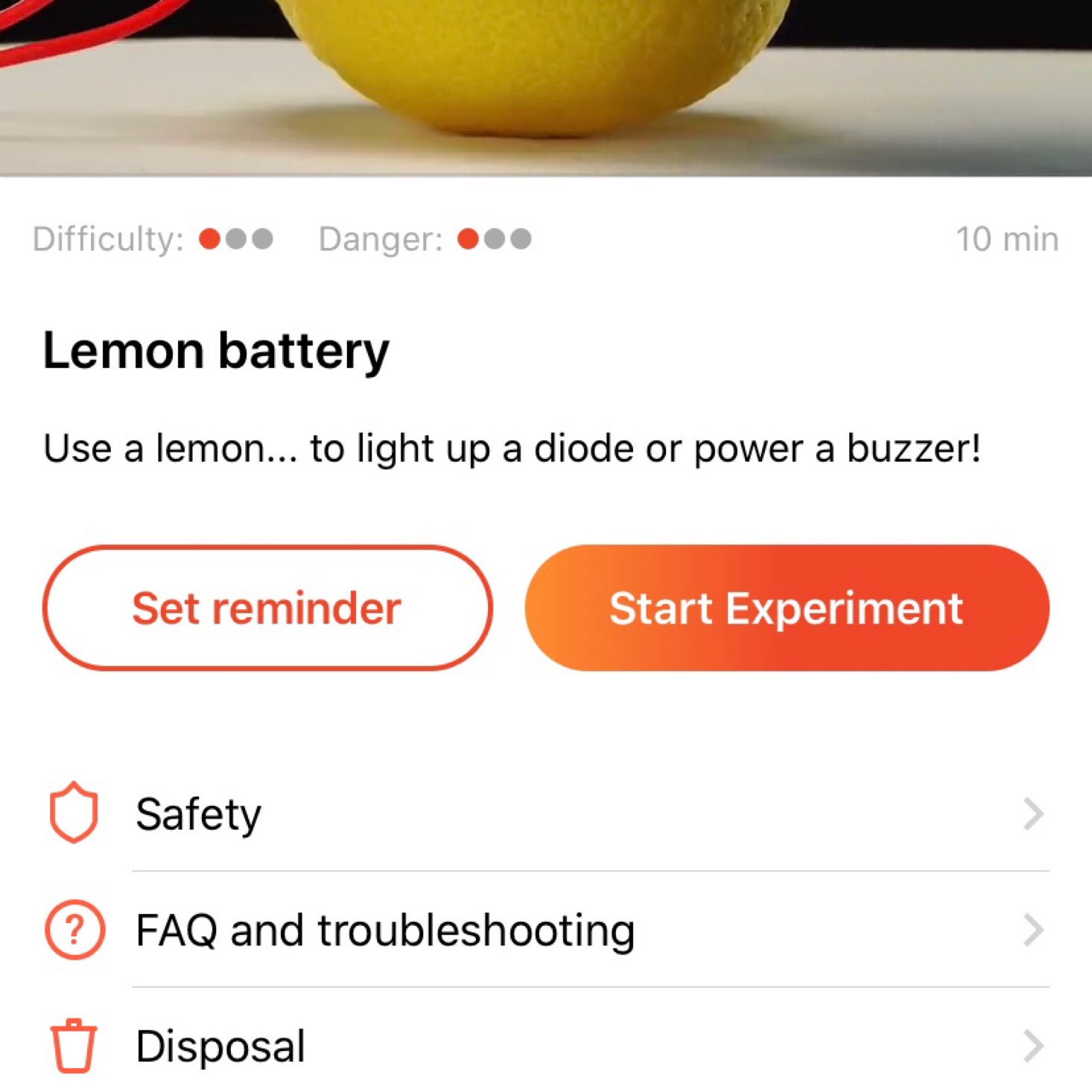
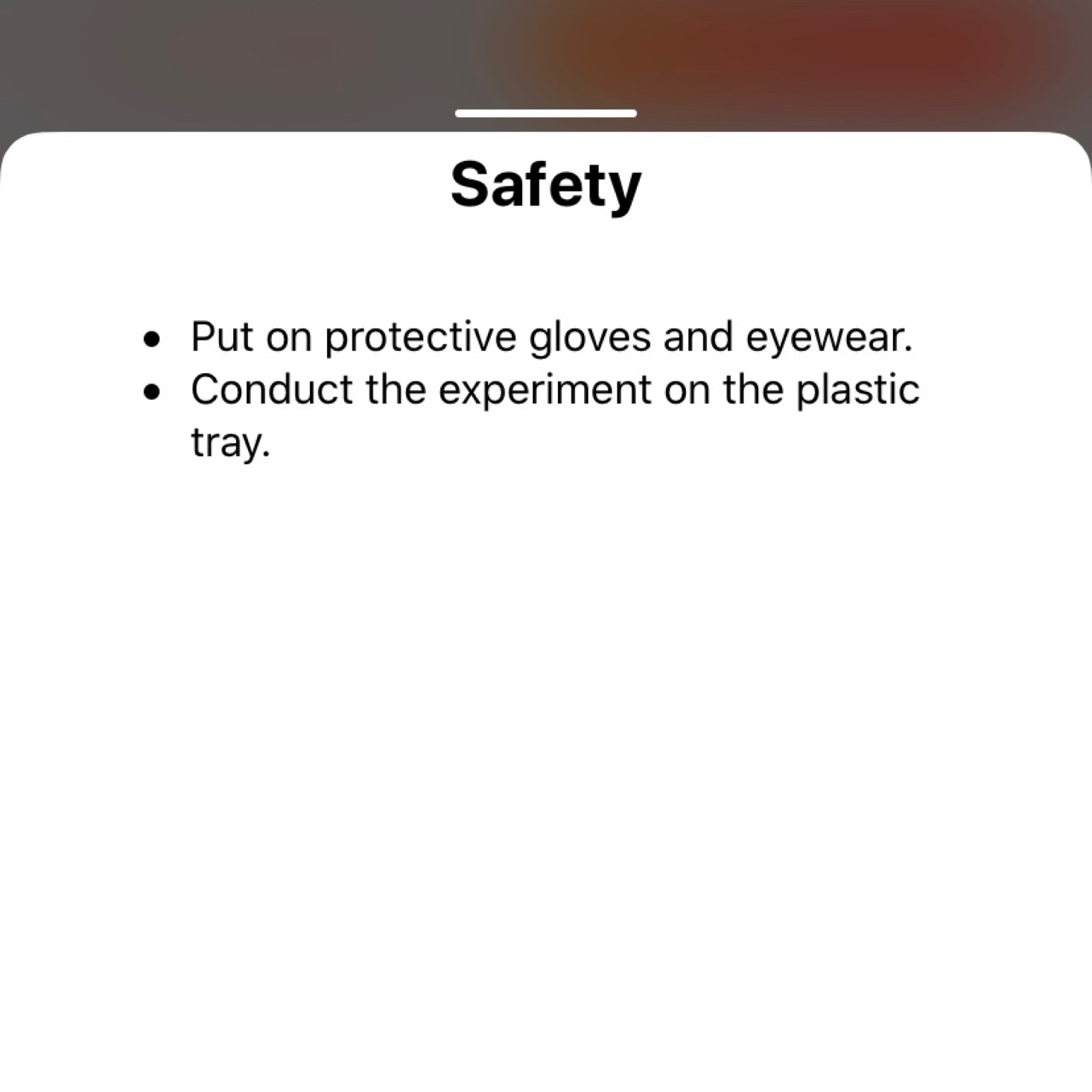






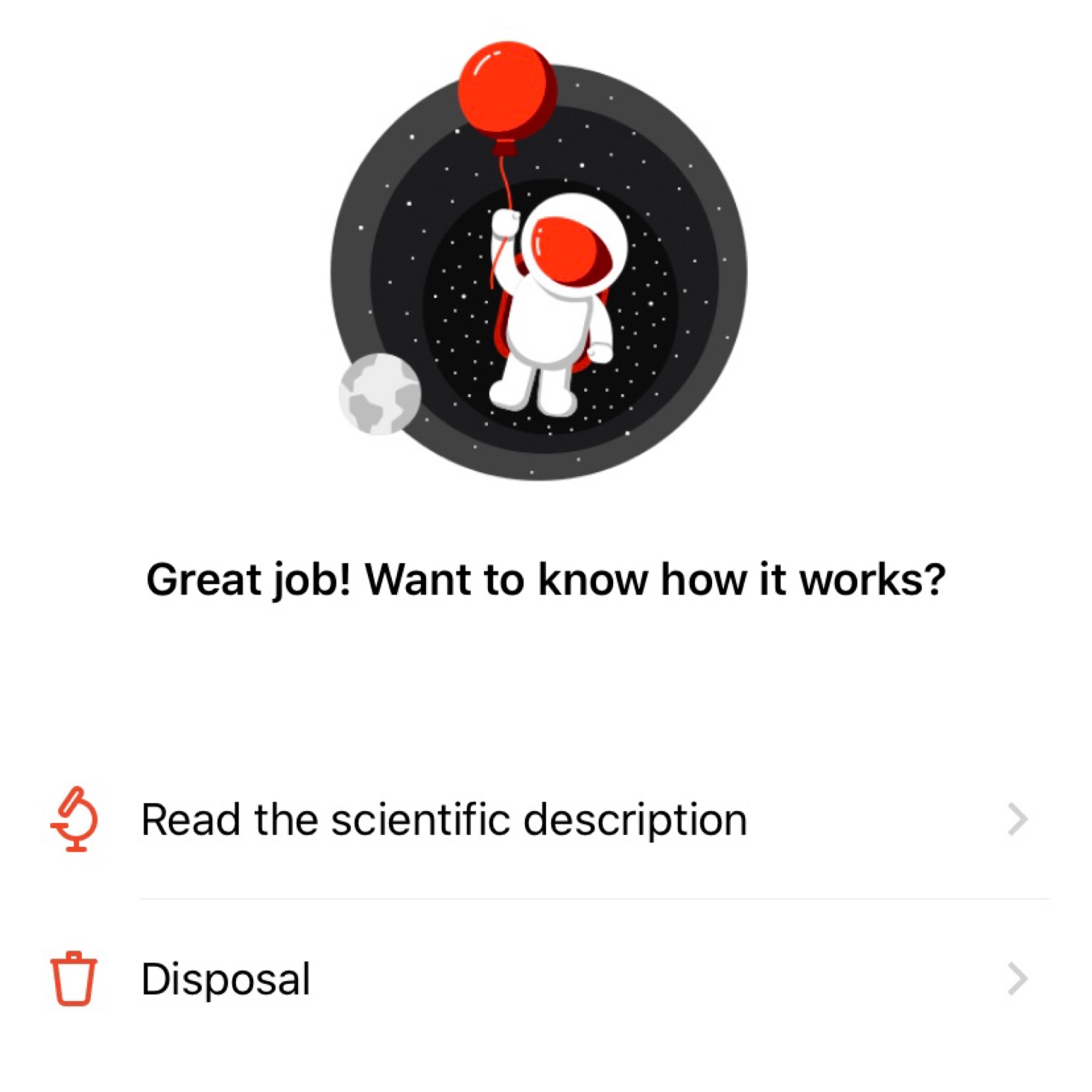









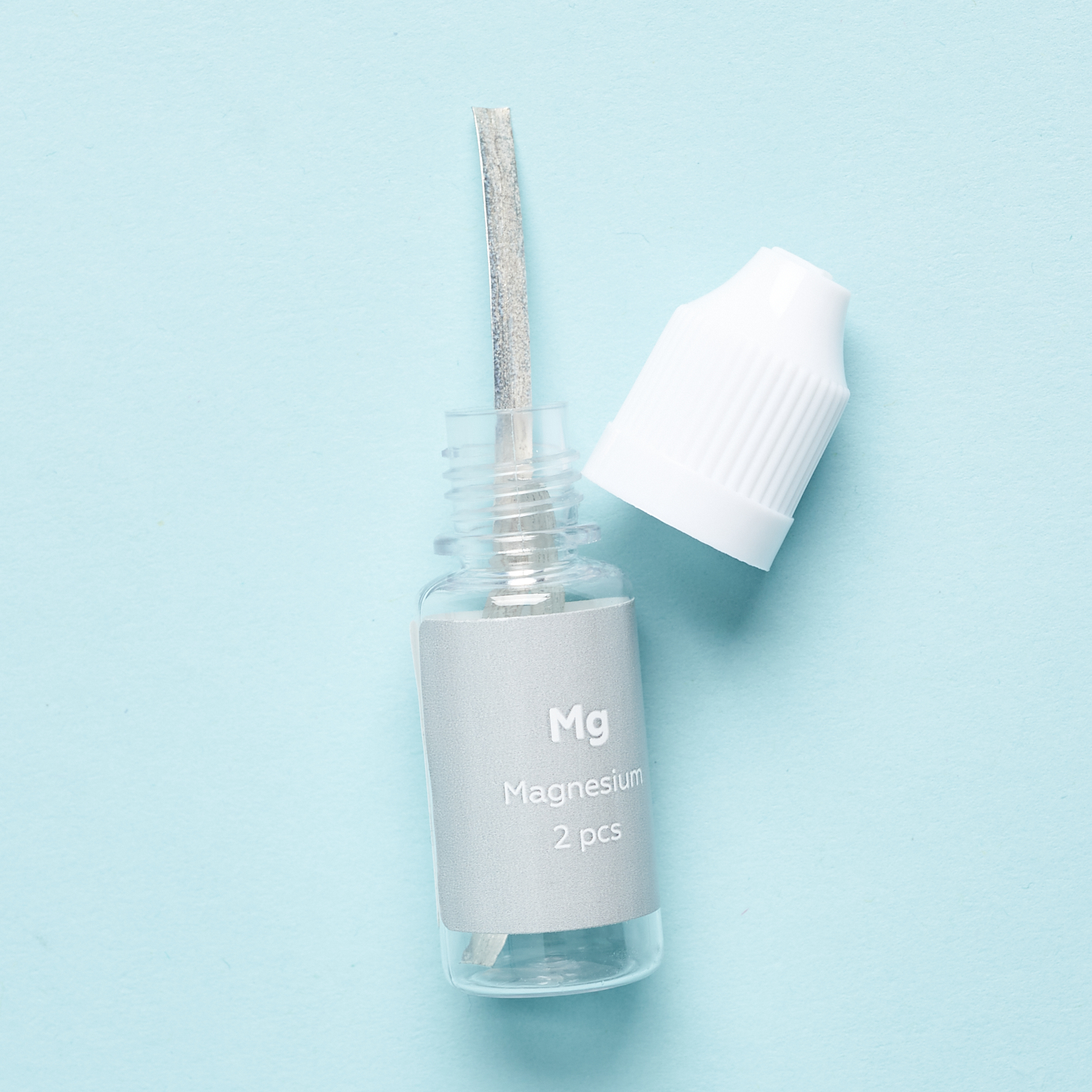
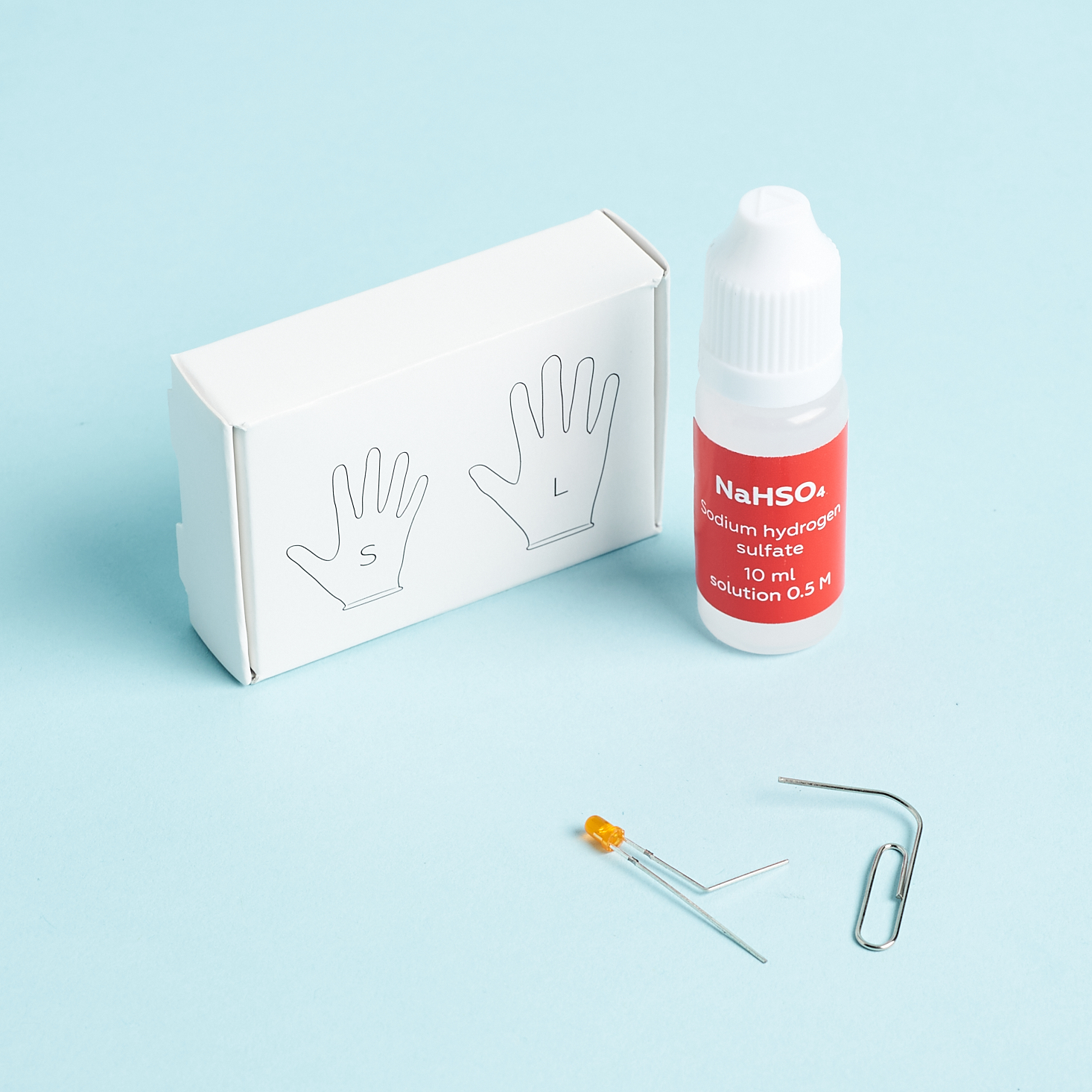


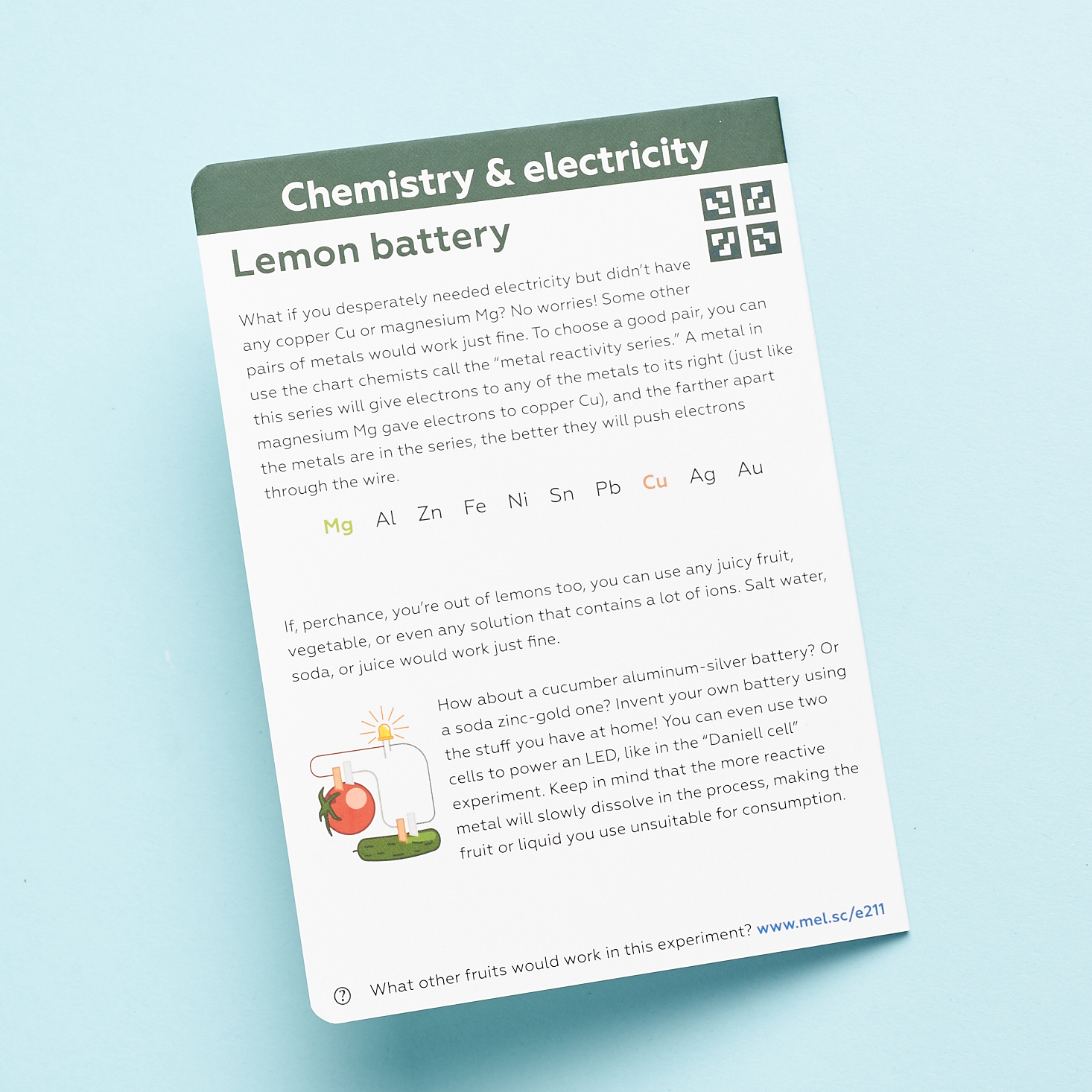
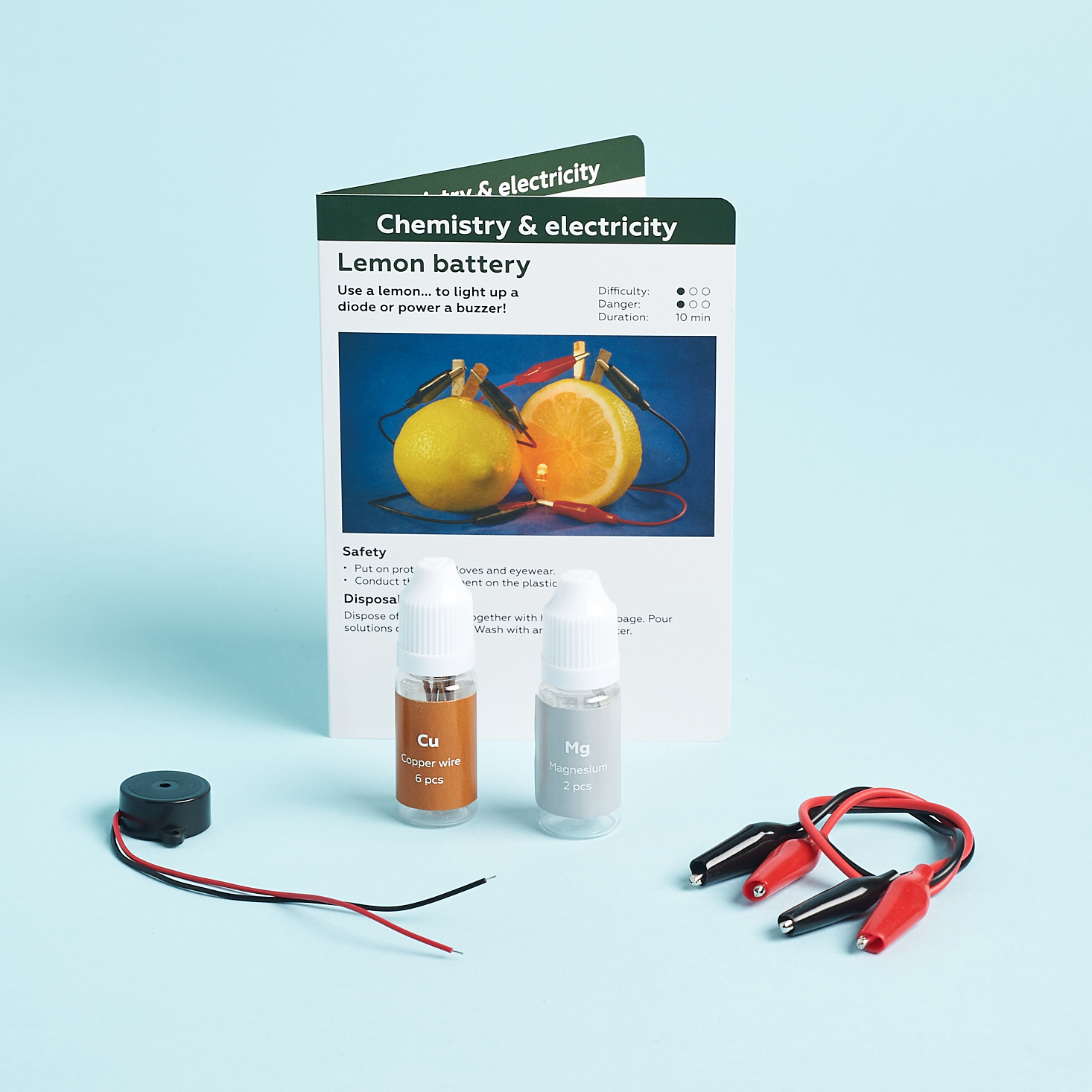

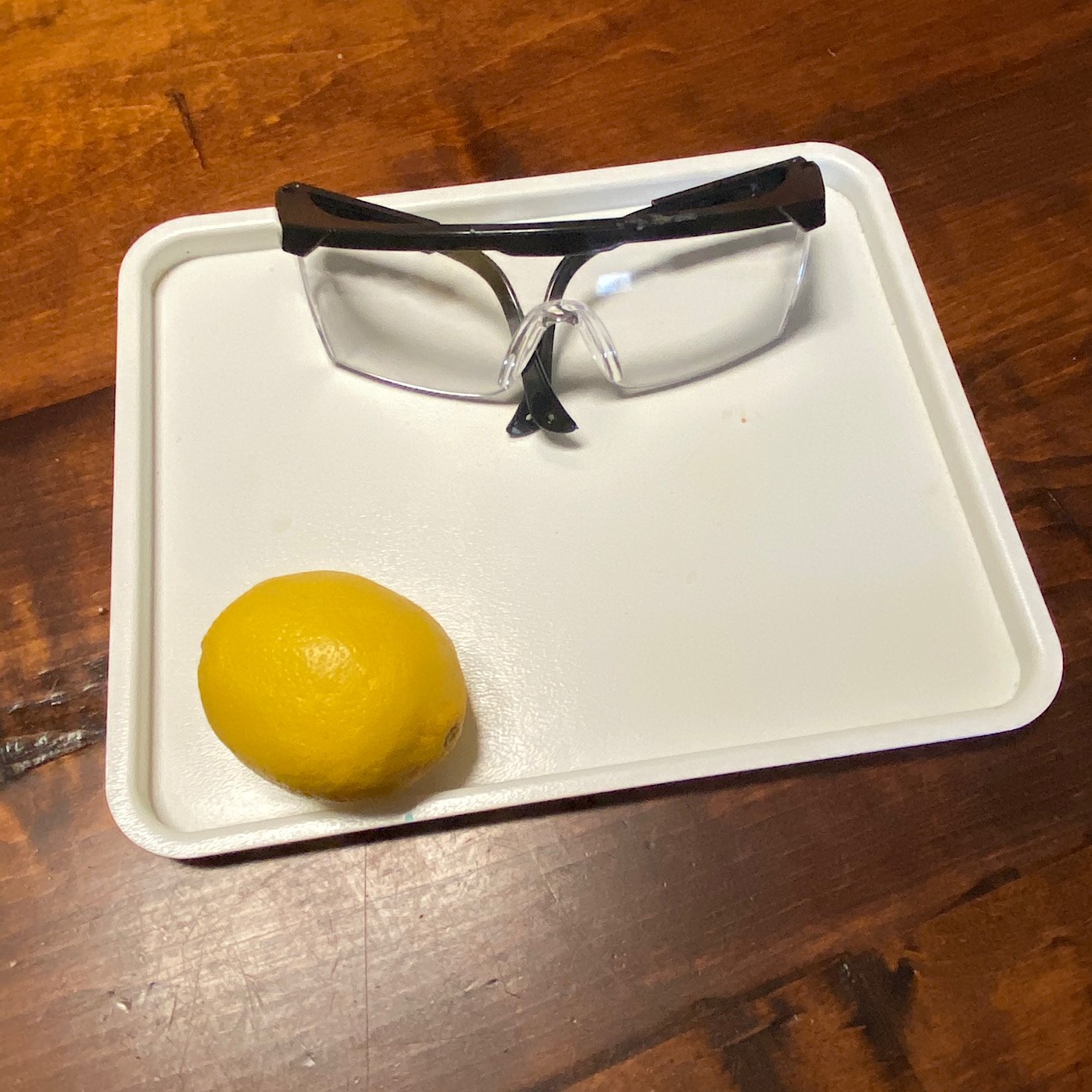
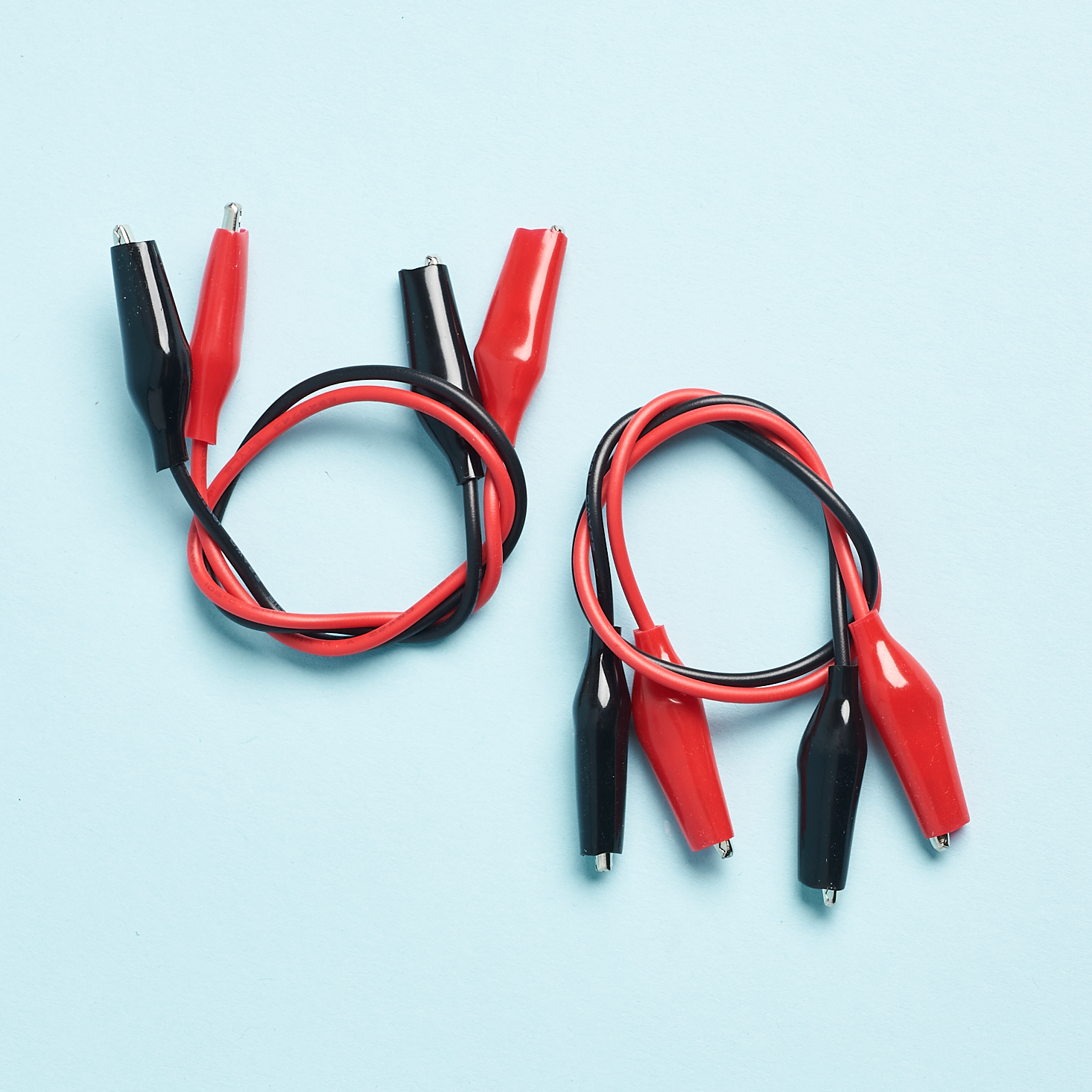


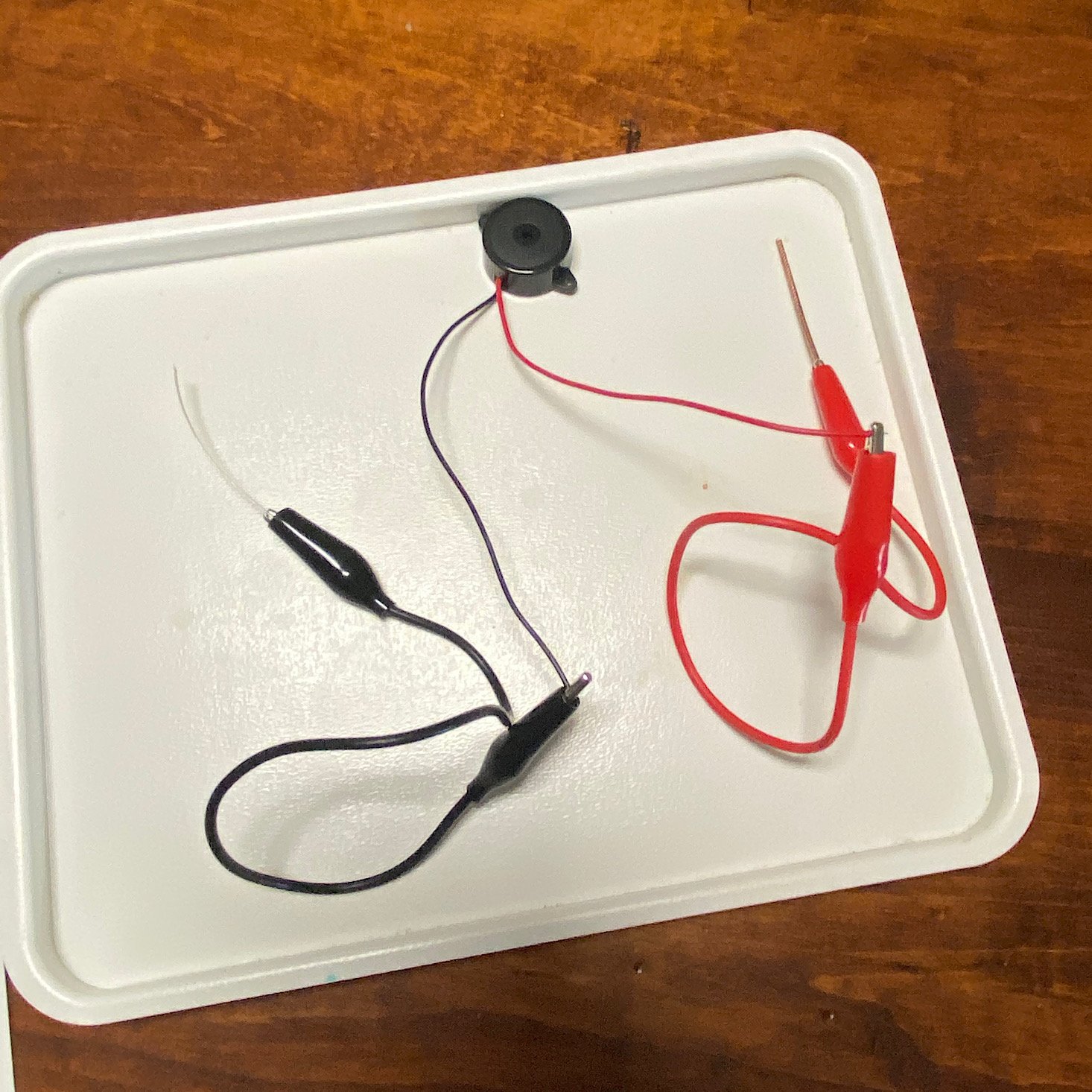
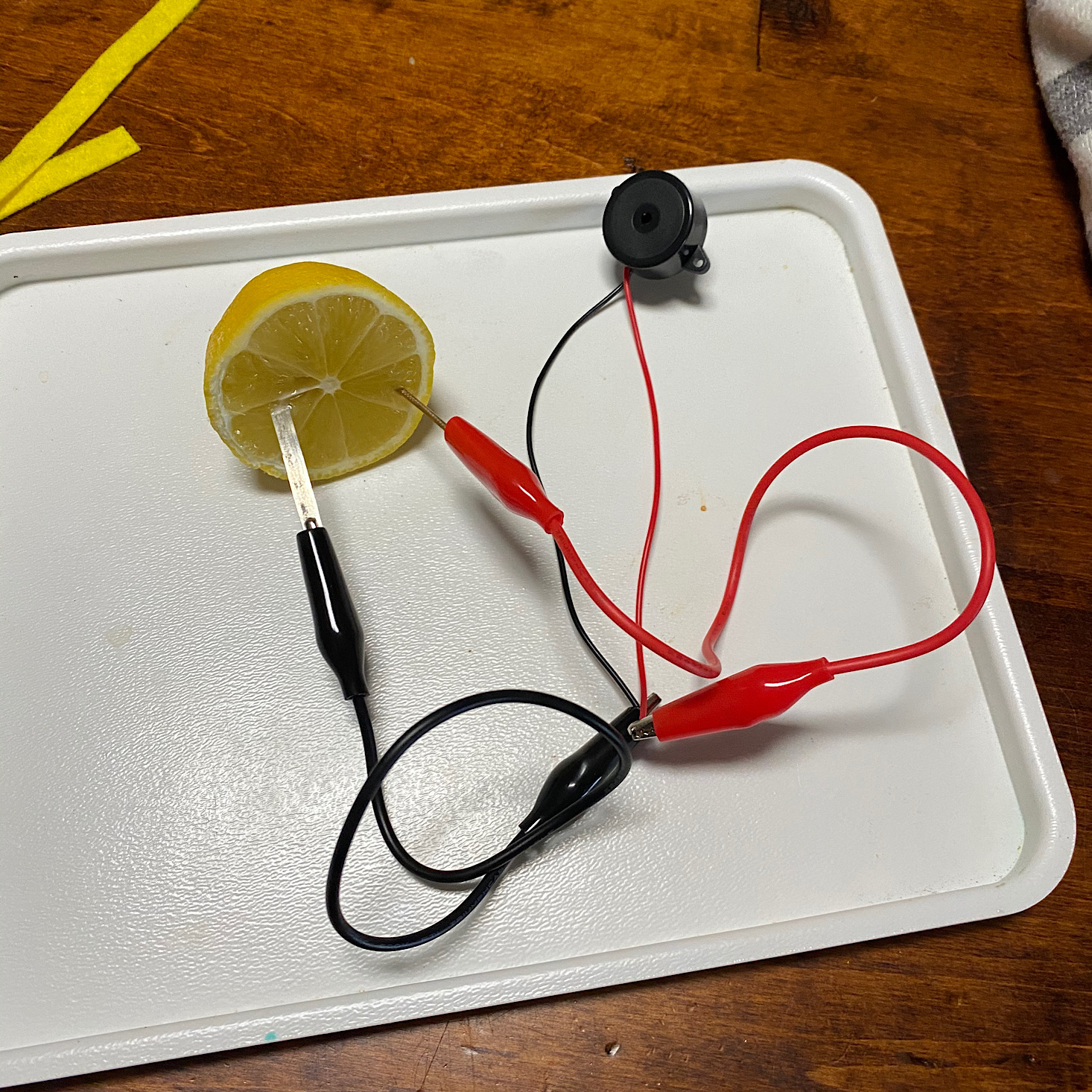

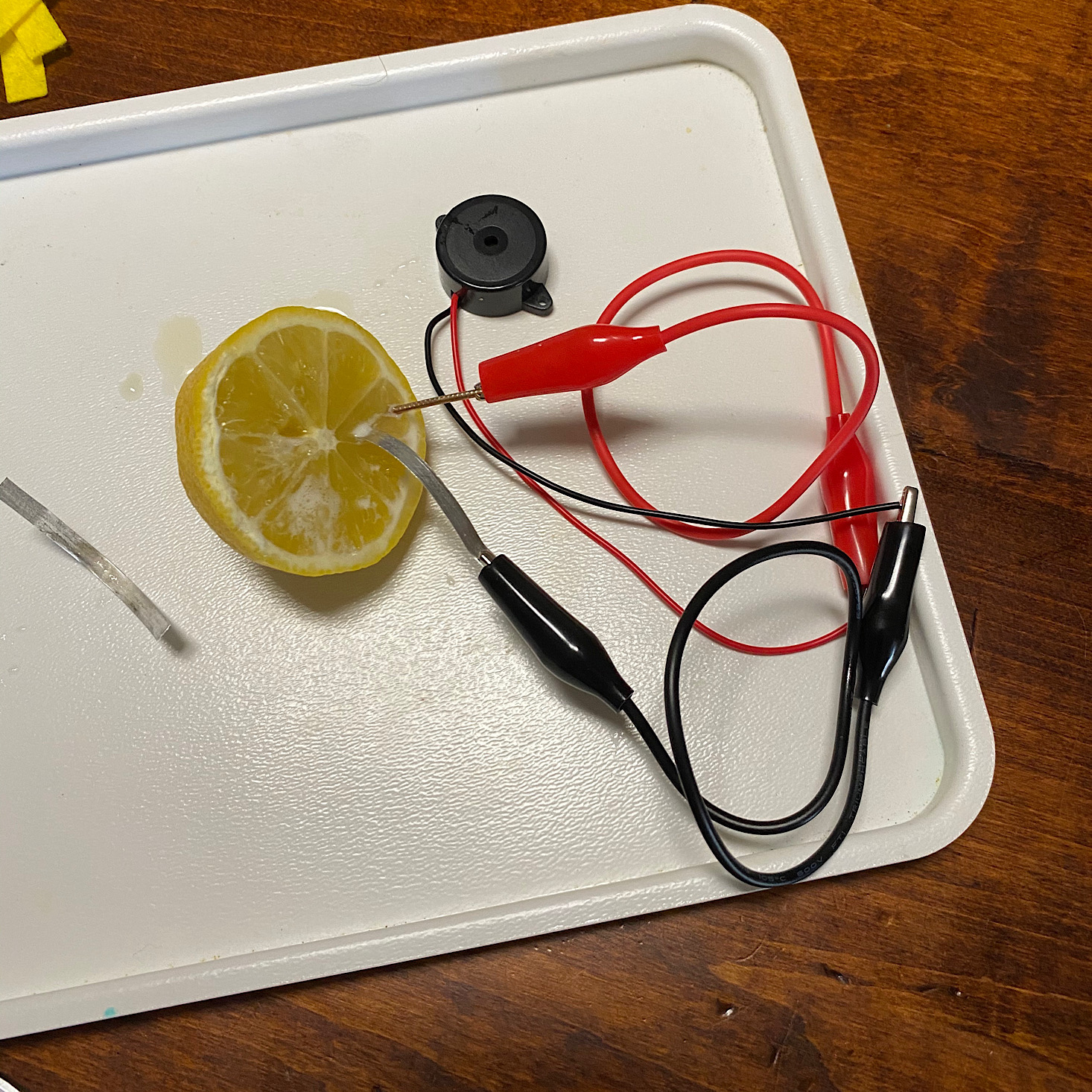
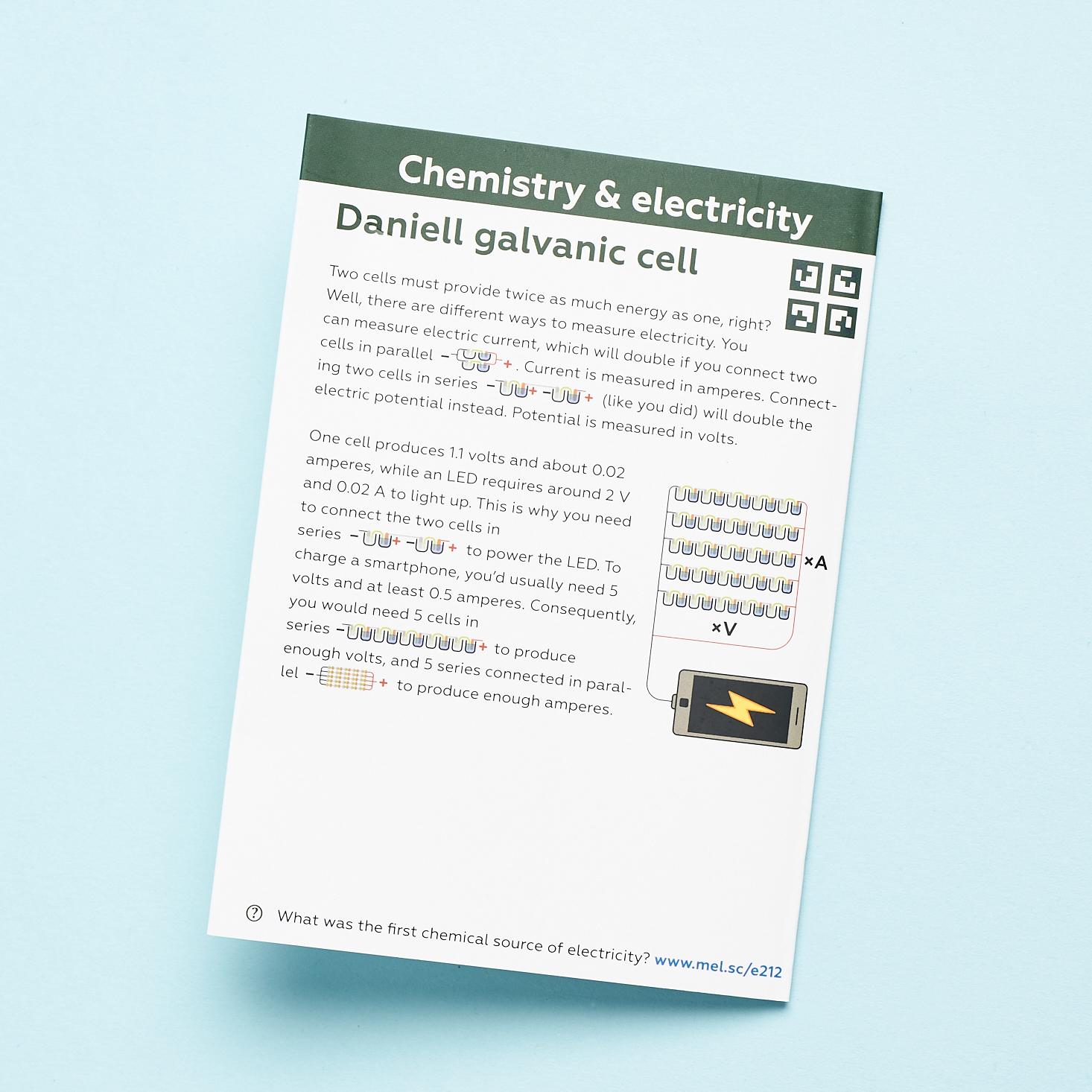
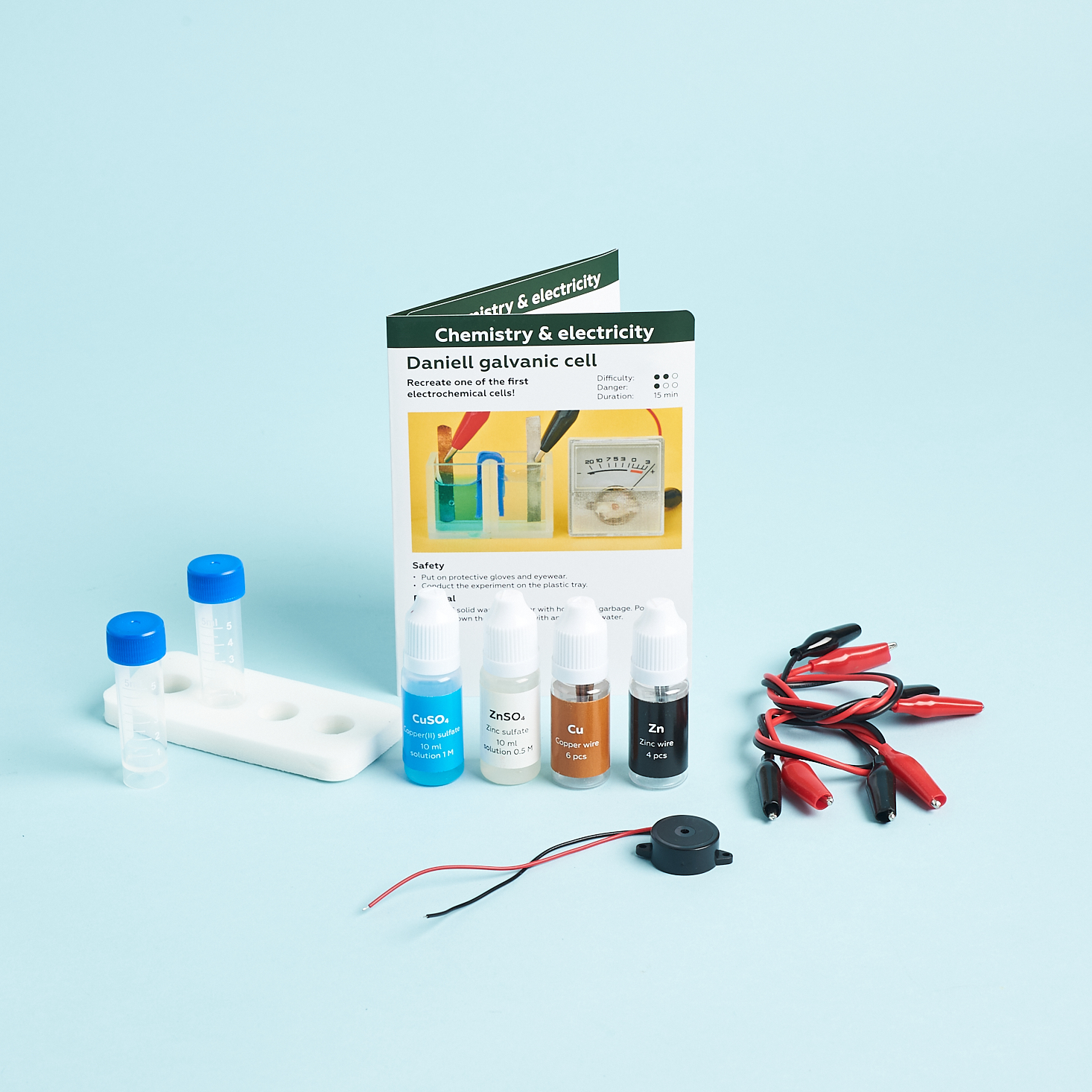
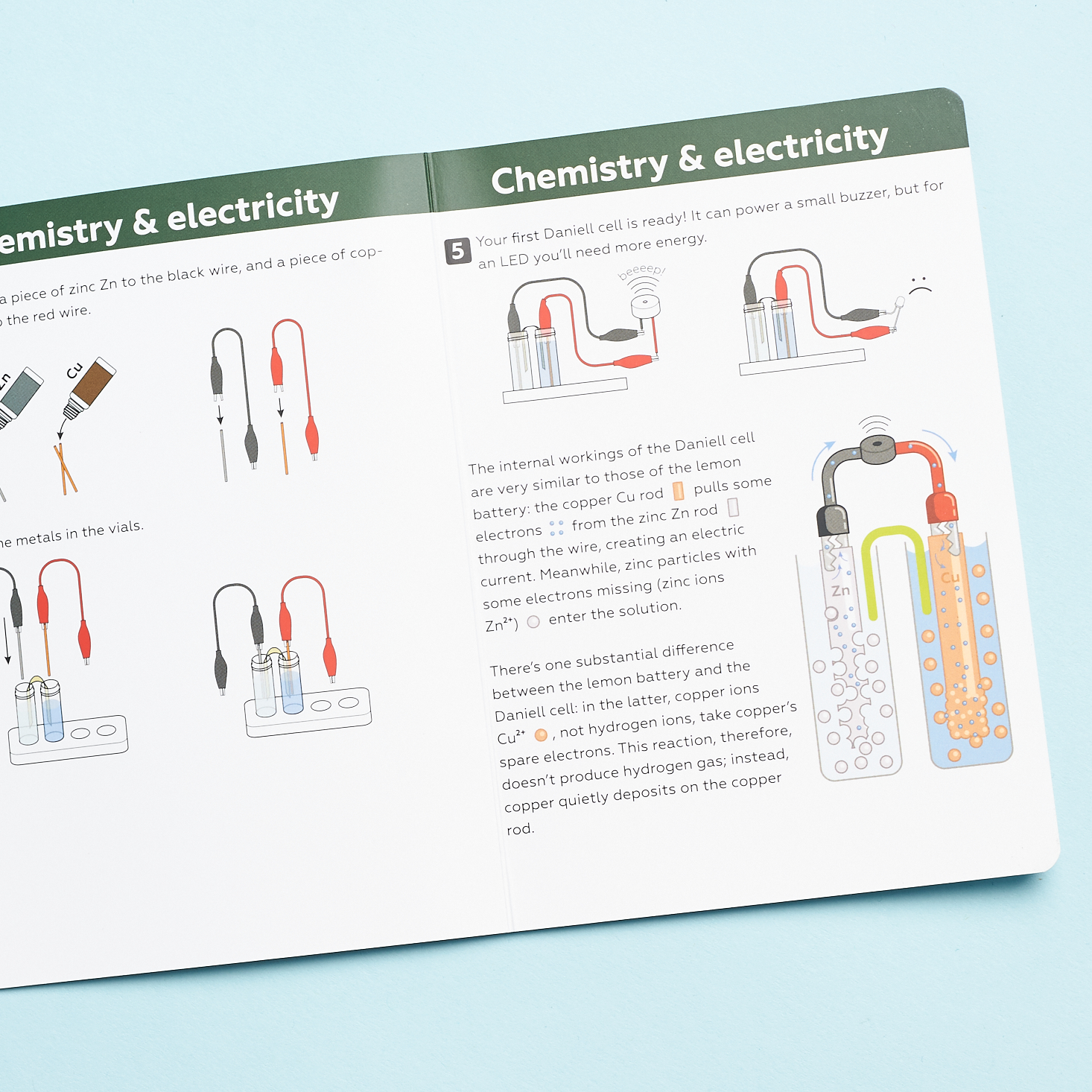
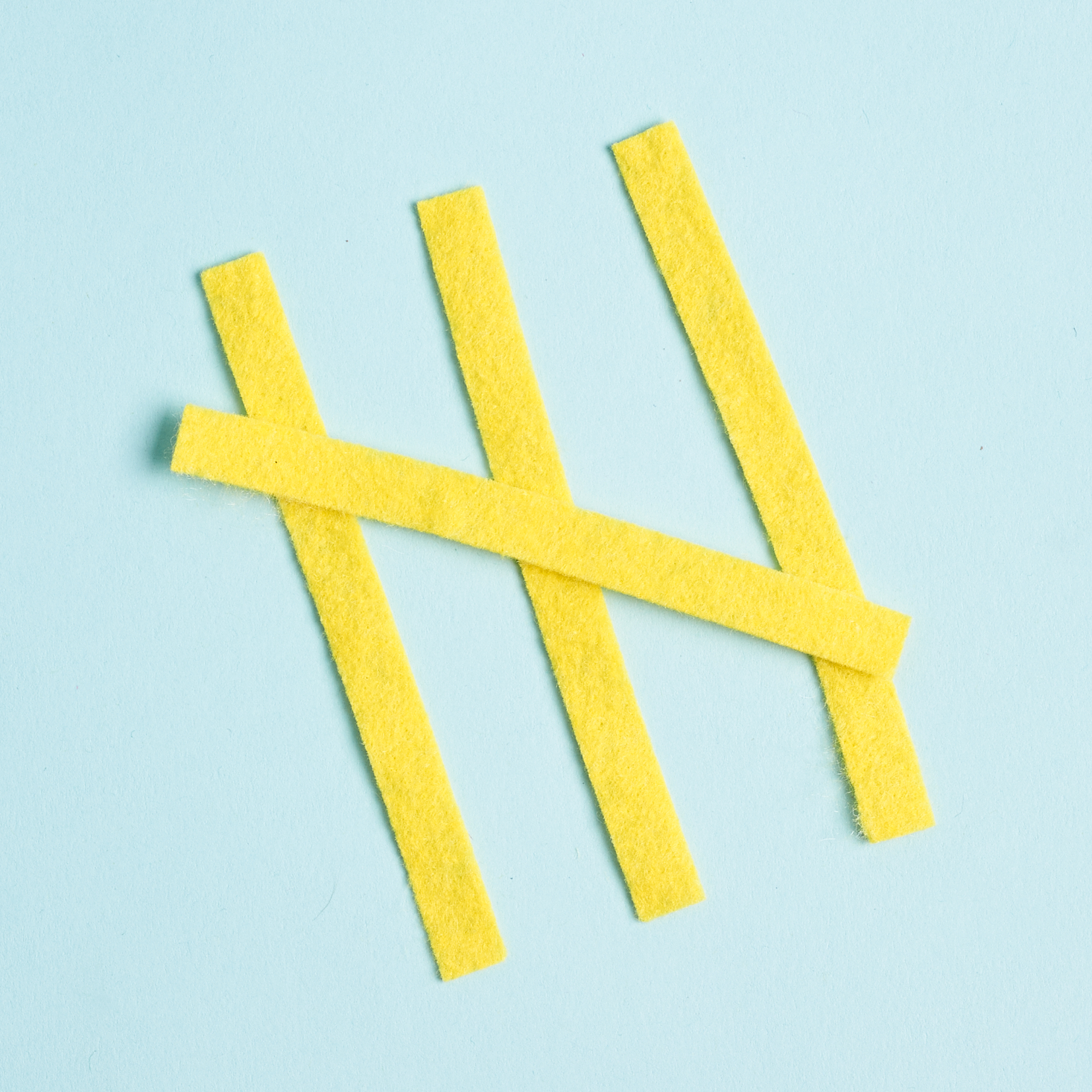

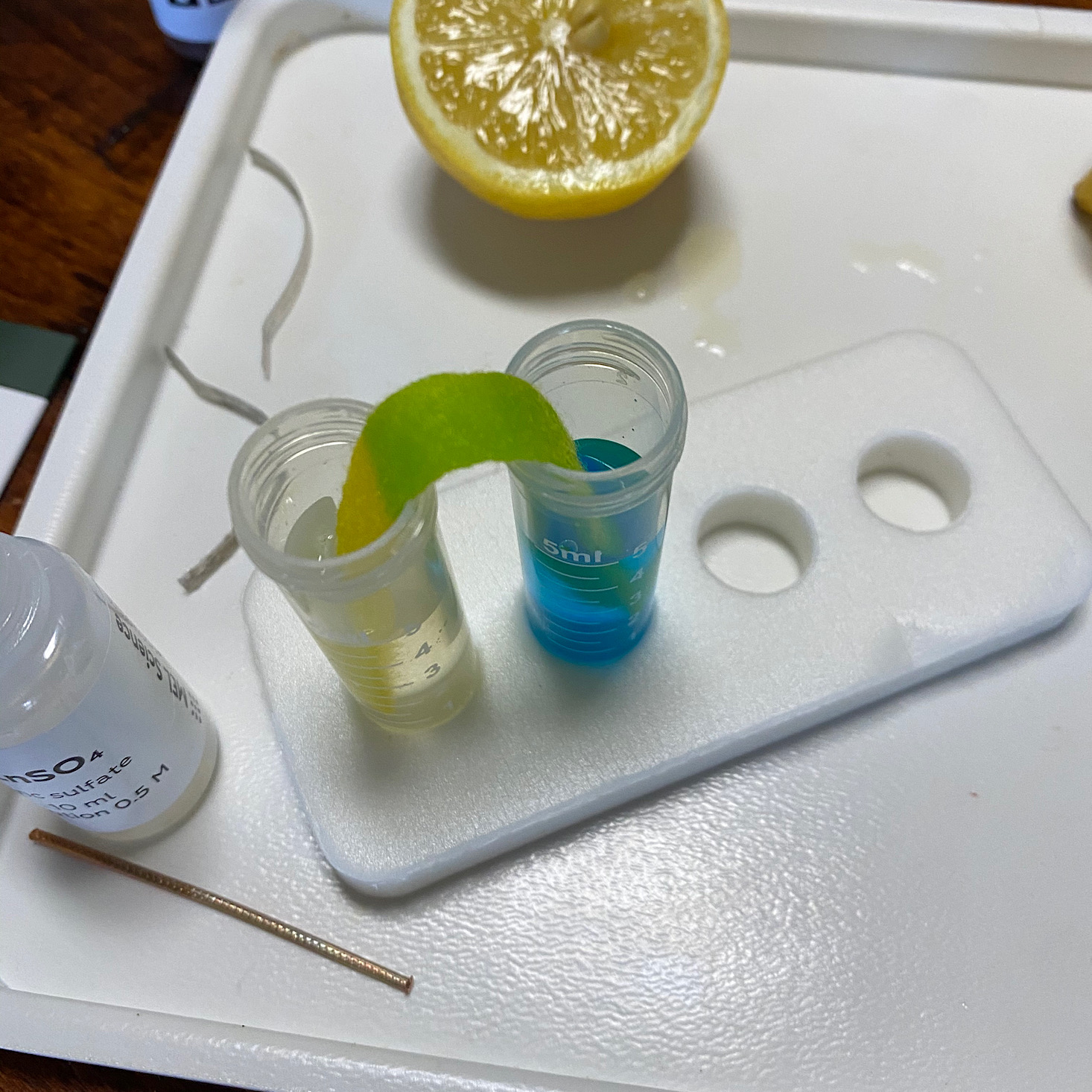
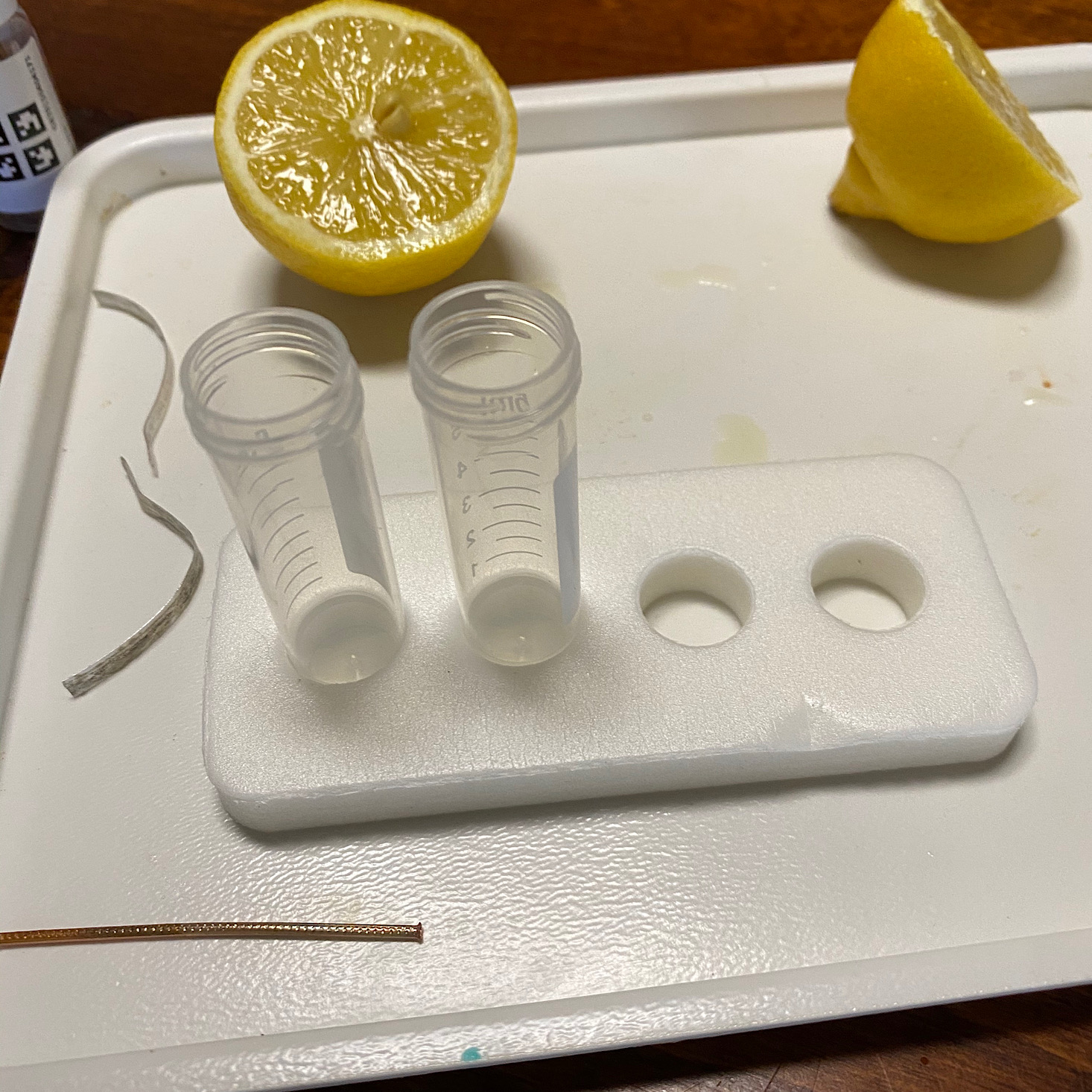
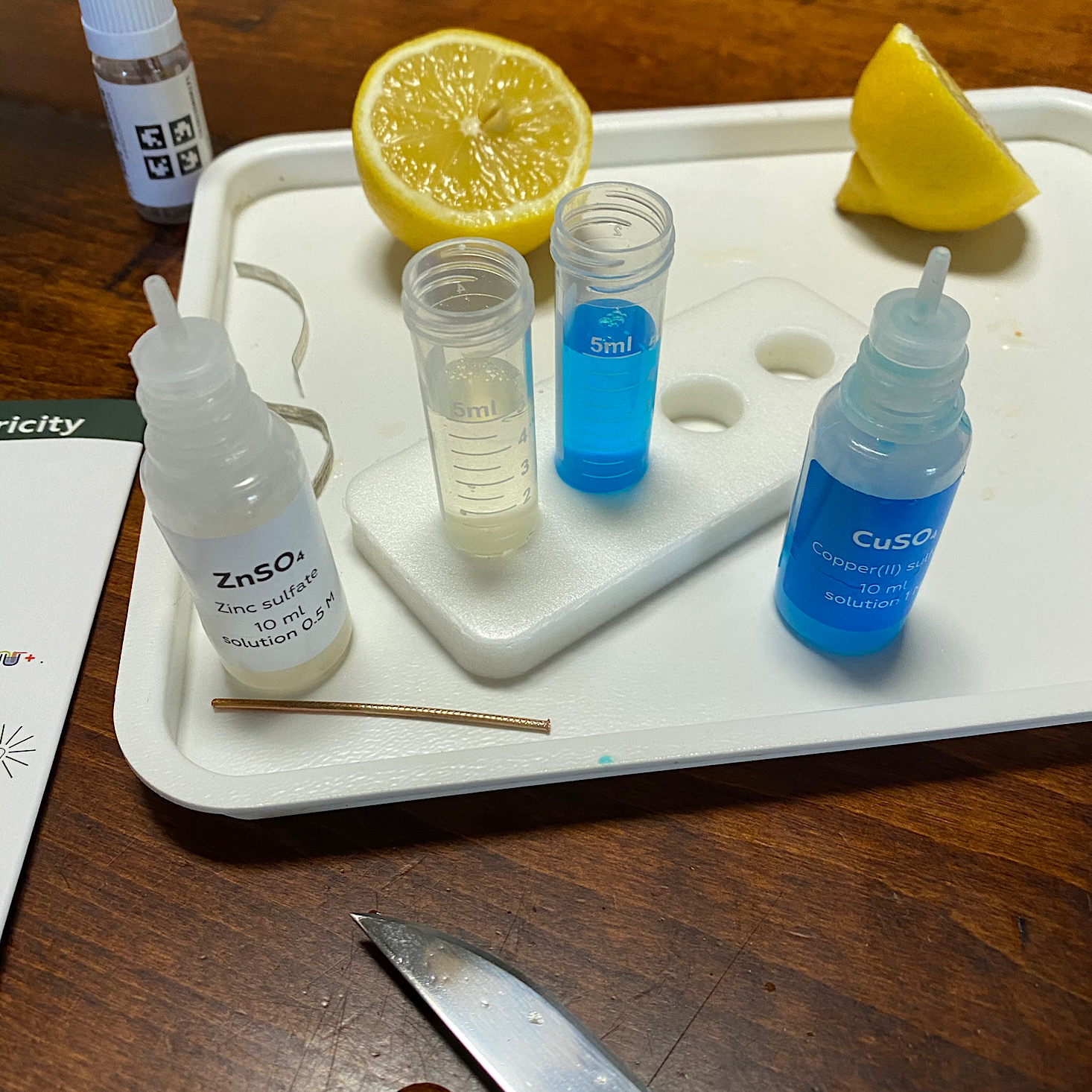


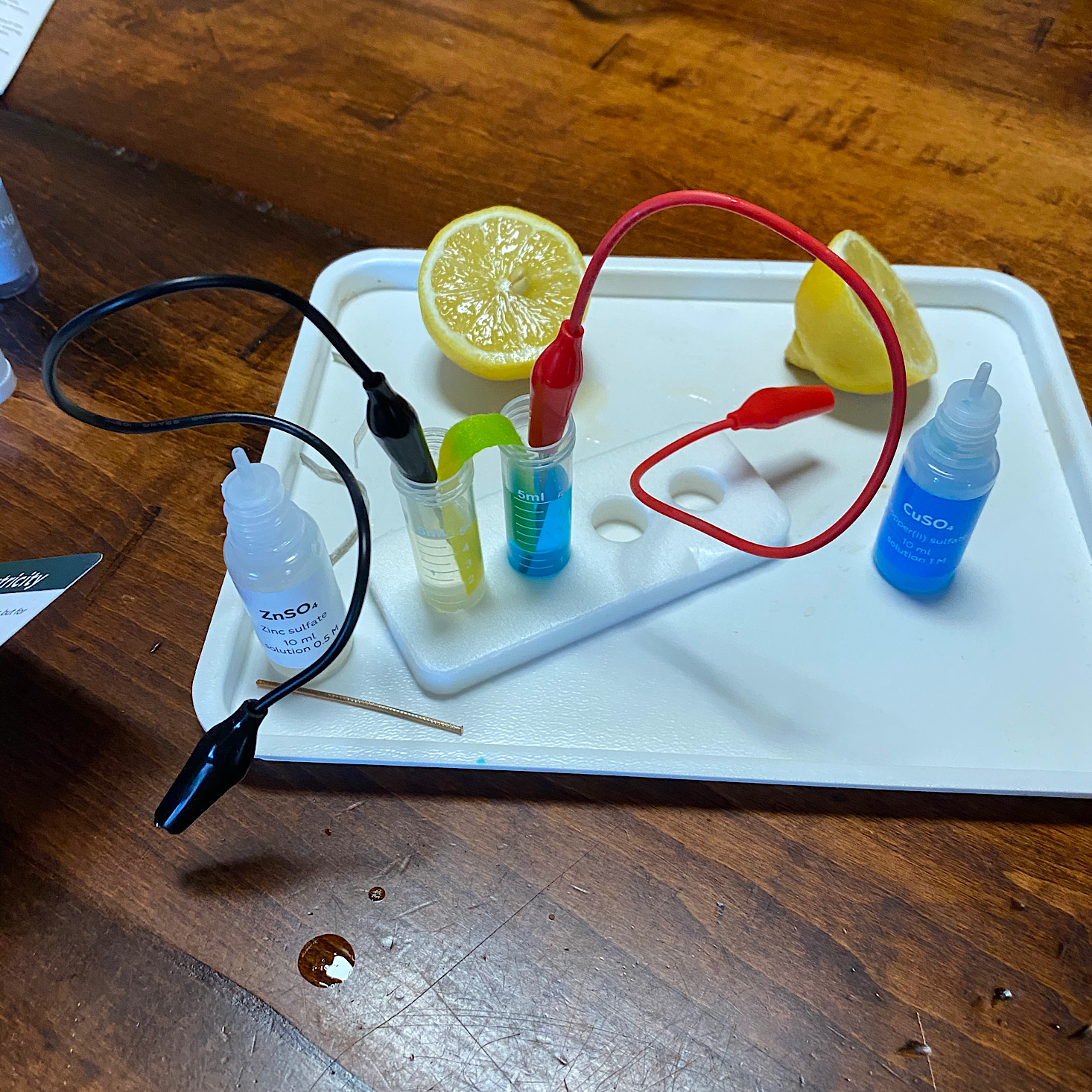
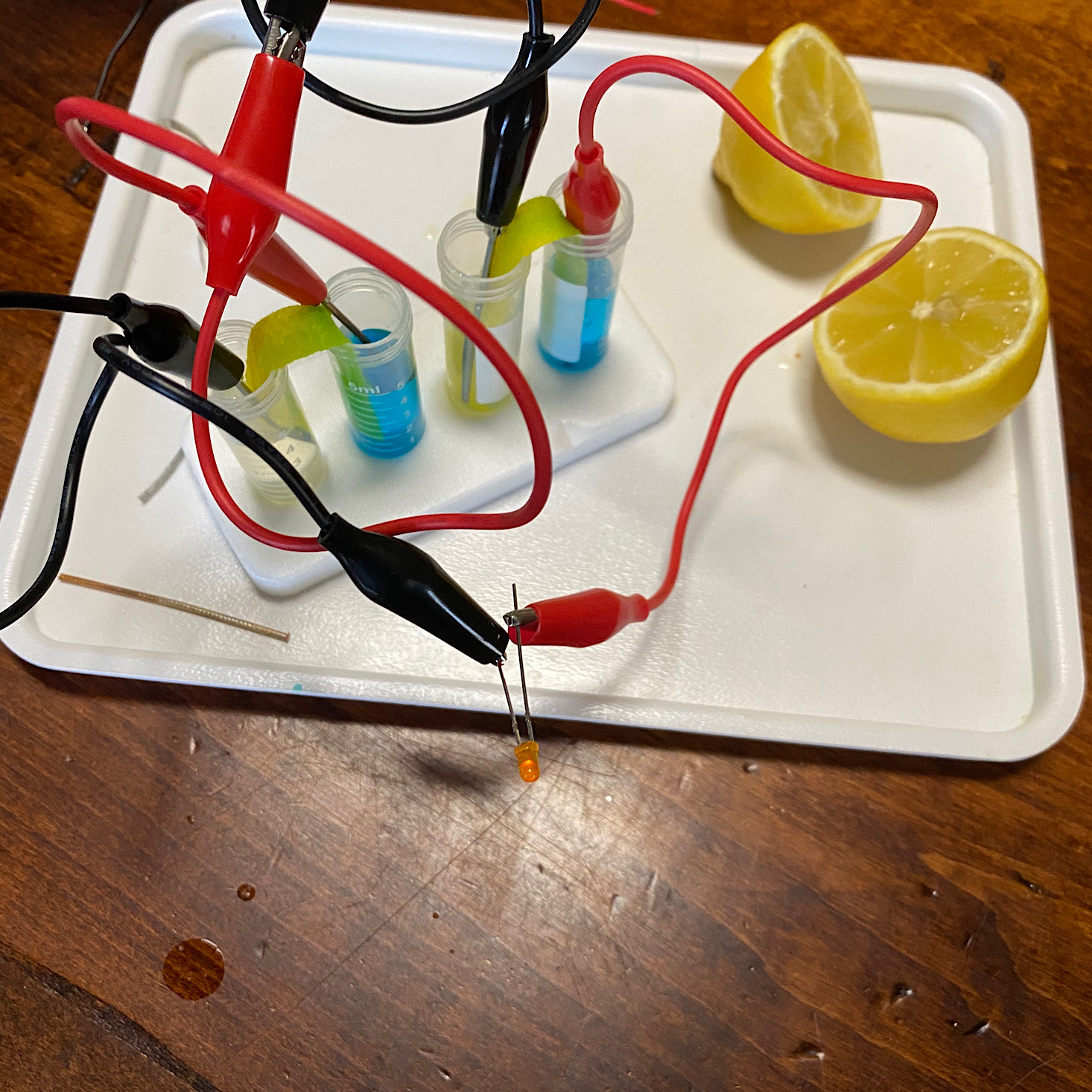



Please do not enter your email address in the Name field or in the comment content. Your email address will not be published. Required fields are marked *. Remember to post with kindness and respect. Comments with offensive language, cruelness to others, etc will not be approved. See our full comment policy here.